MTGO Pauper Meta After Paupergeddon Lucca 2025: League & Challenge Insights
.jpg)
Paupergeddon Summer Edition in Lucca just wrapped up, and what a tournament it was! Over 500 players showed up for one of the largest Pauper events of the year, bringing everything from well-oiled meta decks to rogue brews with something to prove.
Now that the dust has settled, we’ve taken a deep dive into the numbers. Which decks were the most popular? Which ones performed the best? And how has the meta changed since then?
Let’s break it all down.
Table of Contents
The Top Performers and Most Played Archetypes
Mono Red Synthesizer: The Aggro King
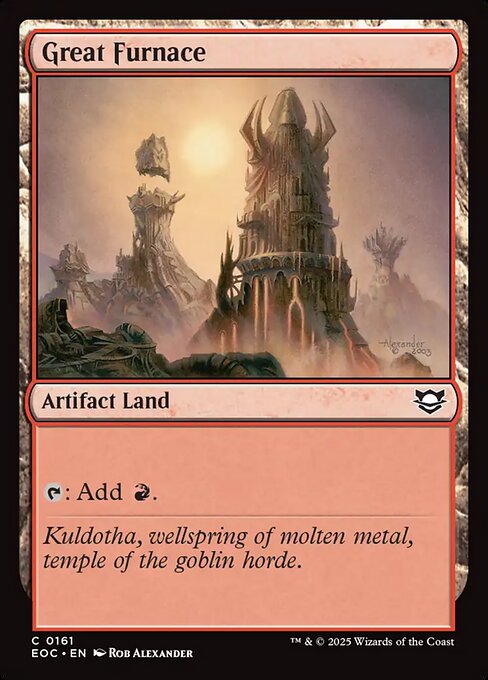
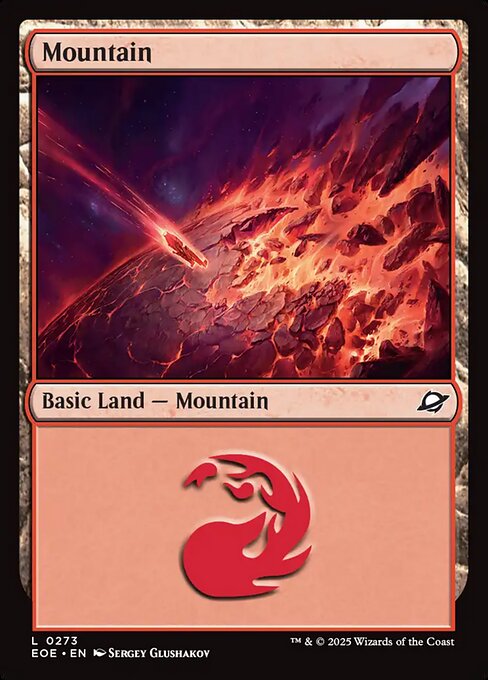
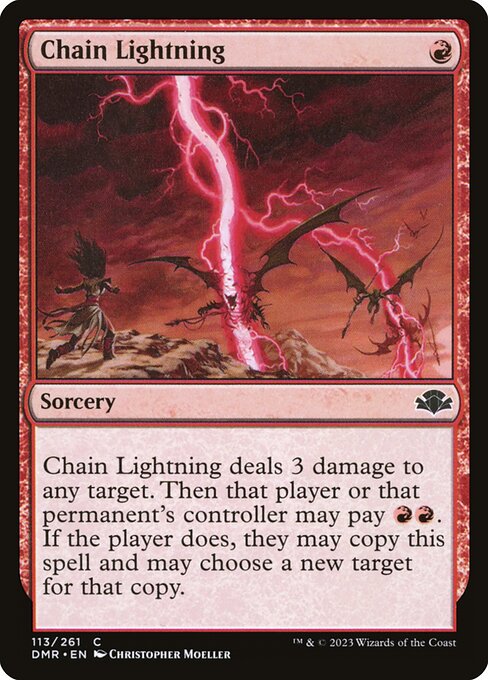
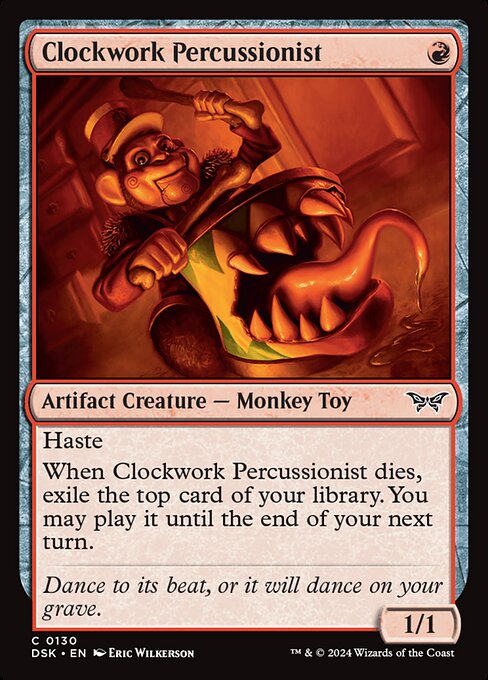
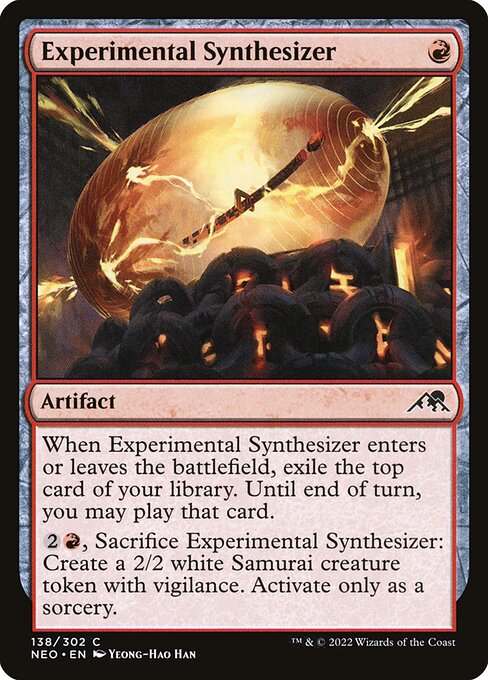
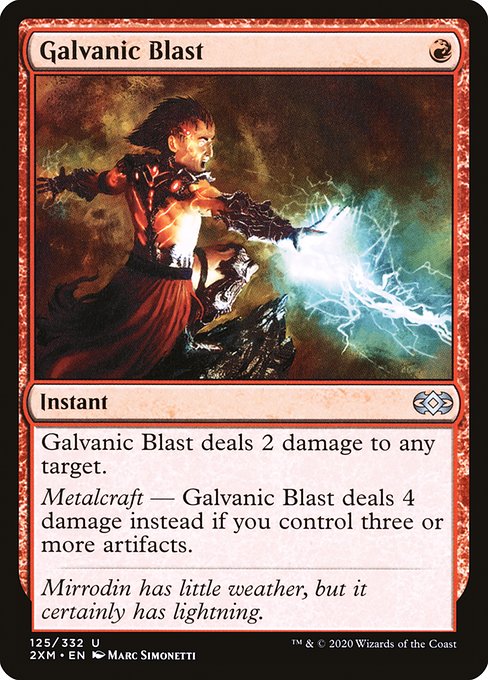
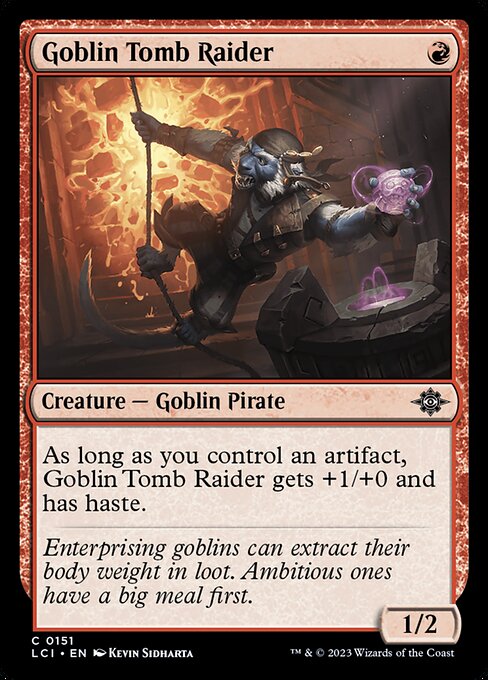
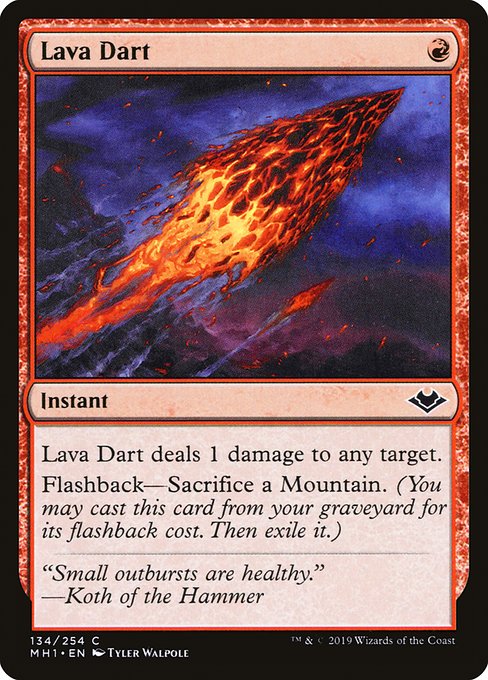
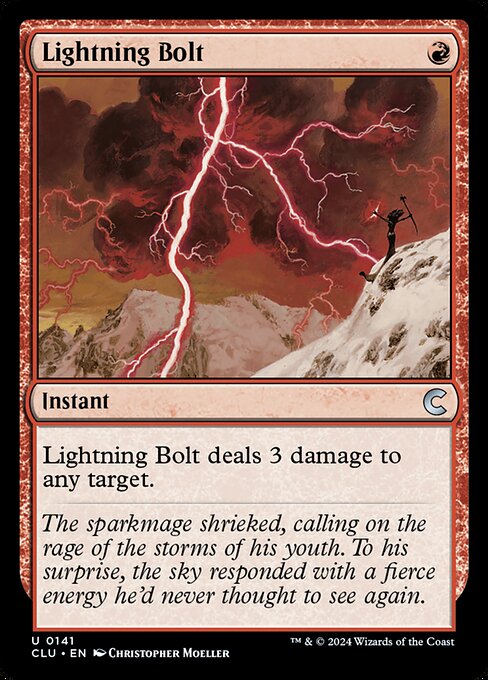

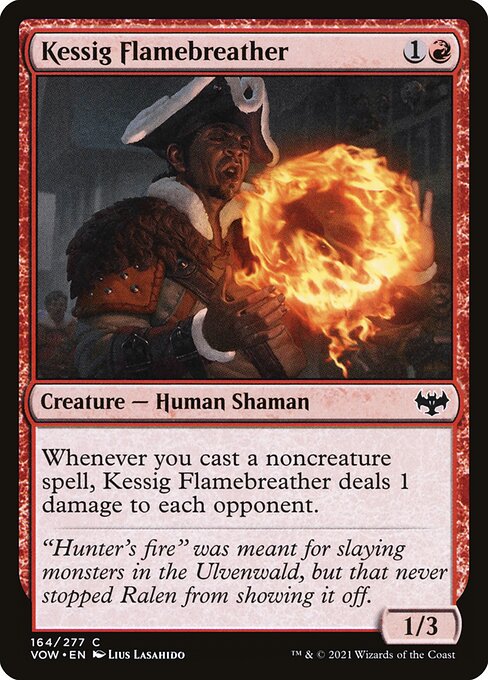
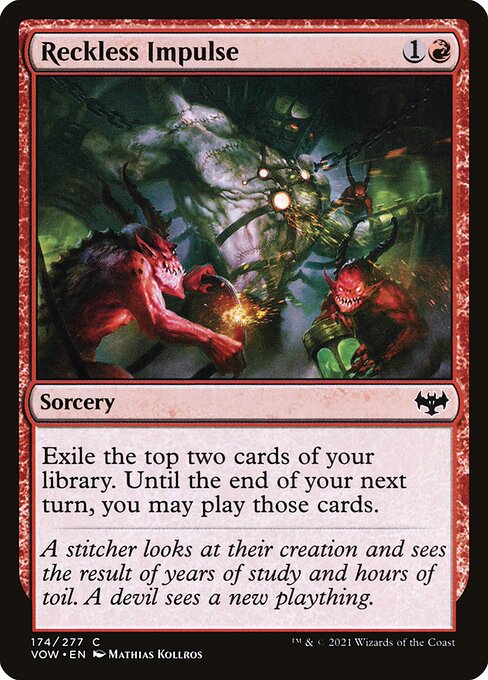
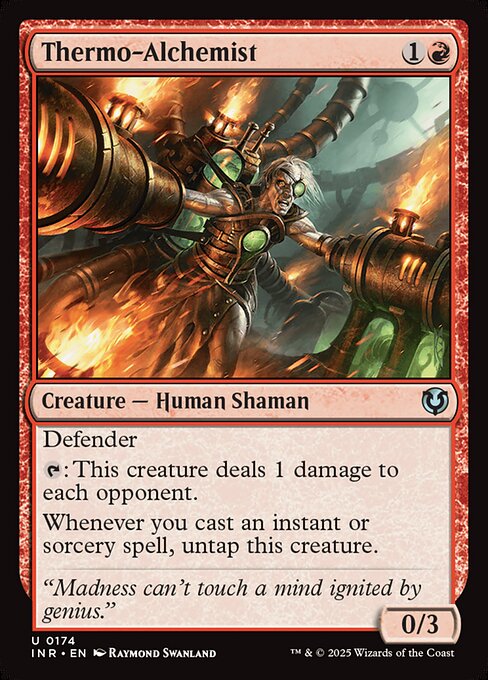
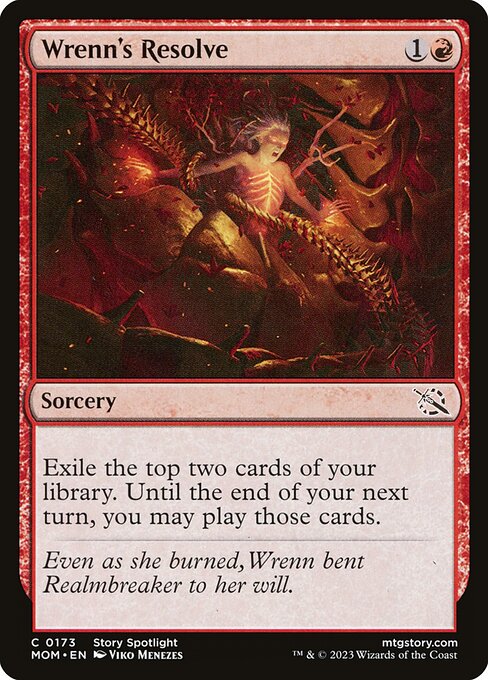
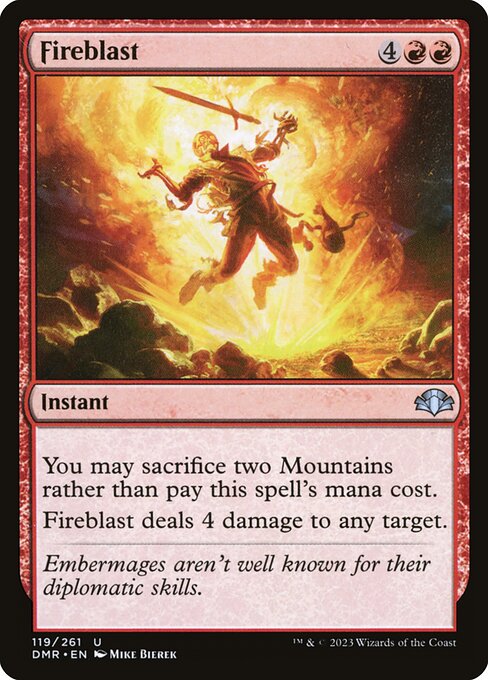
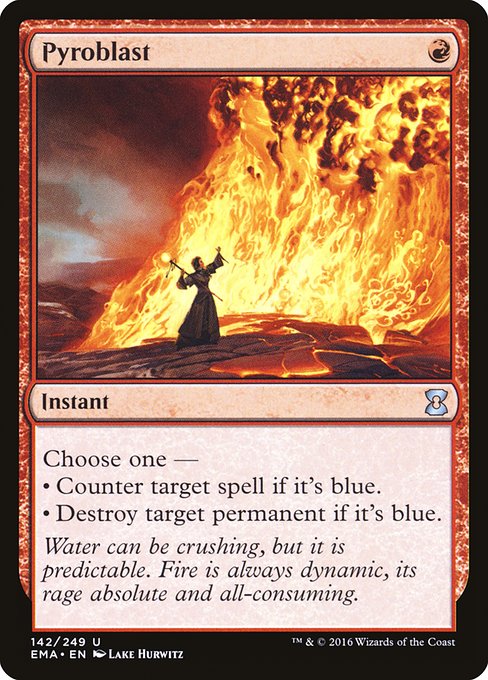
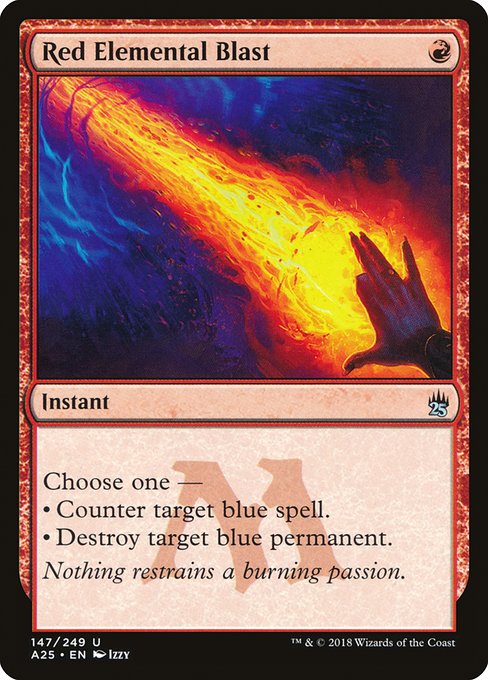
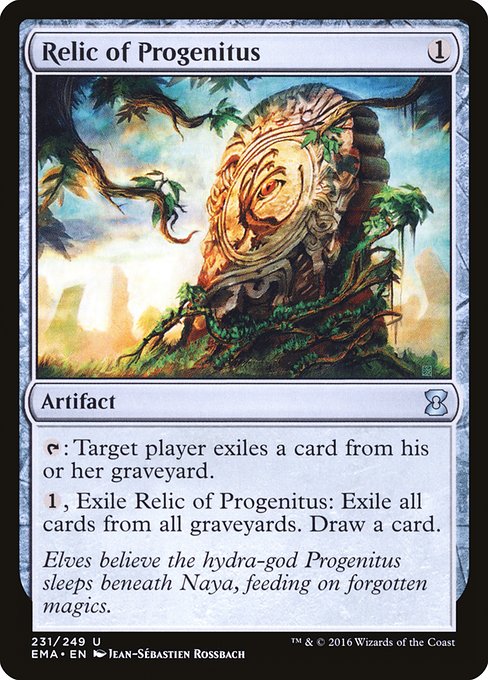
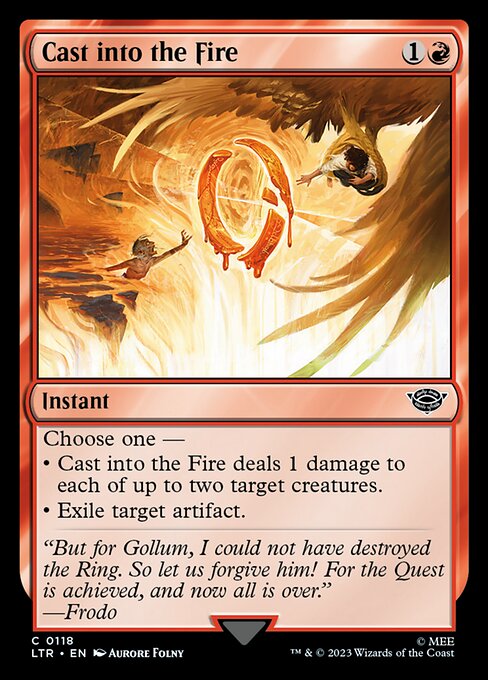
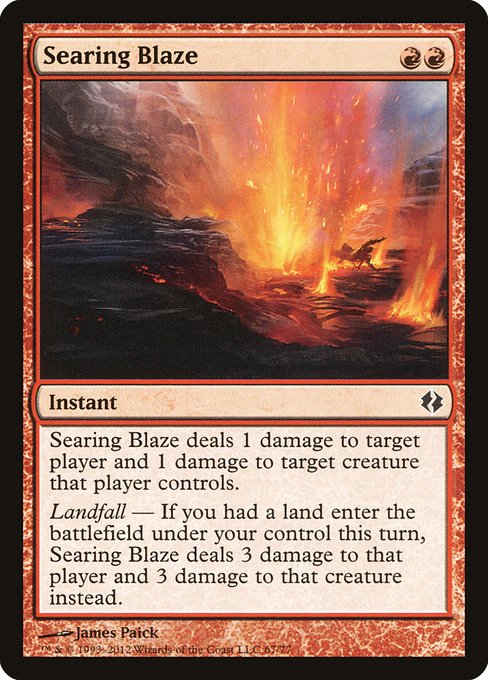
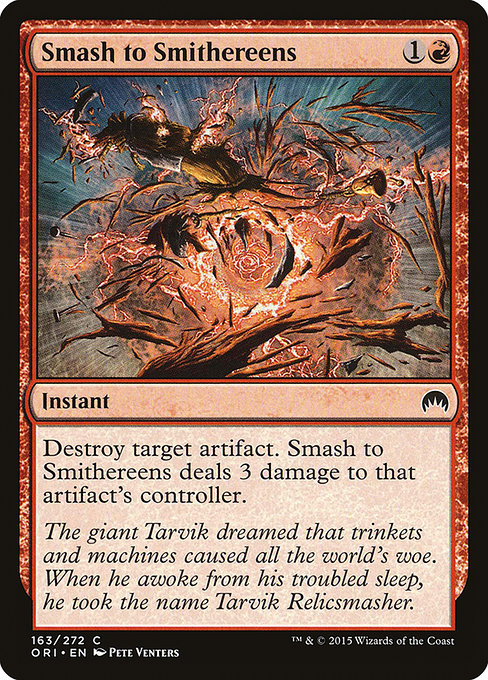
Once you group Mono Red Burn and Mono Red Synthesizer—two nearly identical archetypes—you end up with a massive 154 pilots, making it the most played deck of the event. And it wasn’t just popular; it also performed, with a solid 53.4% win rate across matches.
It’s fast, it’s aggressive, and with cards like Experimental Synthesizer, it keeps drawing gas. Mono Red continues to prove that in Pauper, pressure plus value is a winning formula.
Jund Wildfire: The Crowd Favorite, But Not the Top Performer
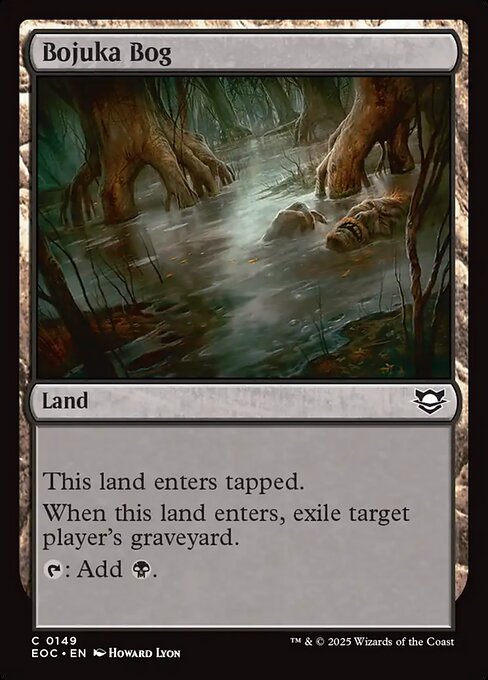
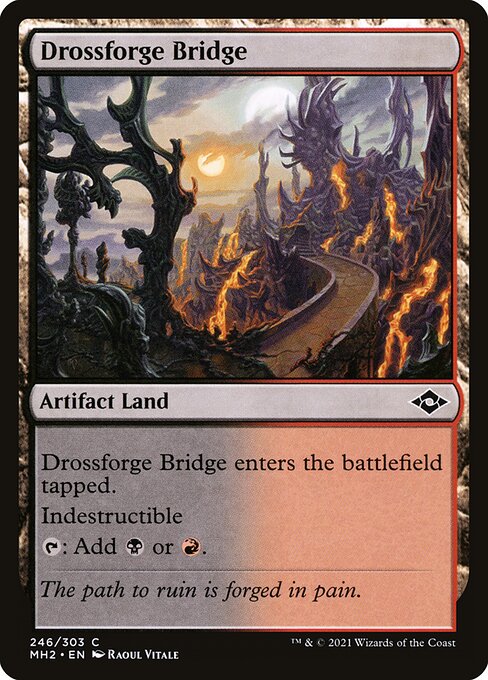
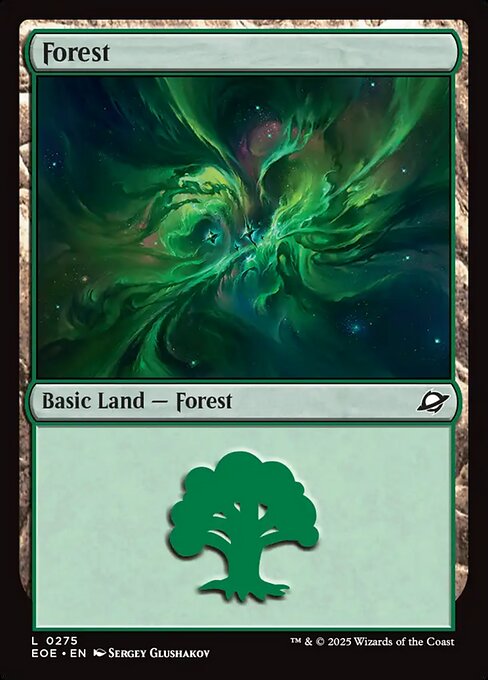

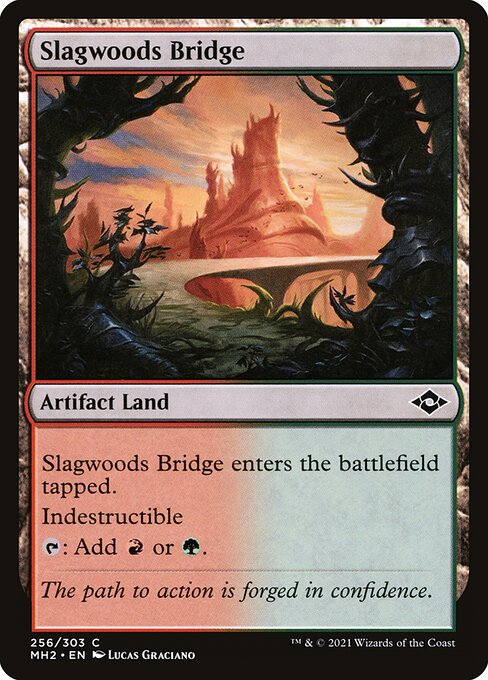
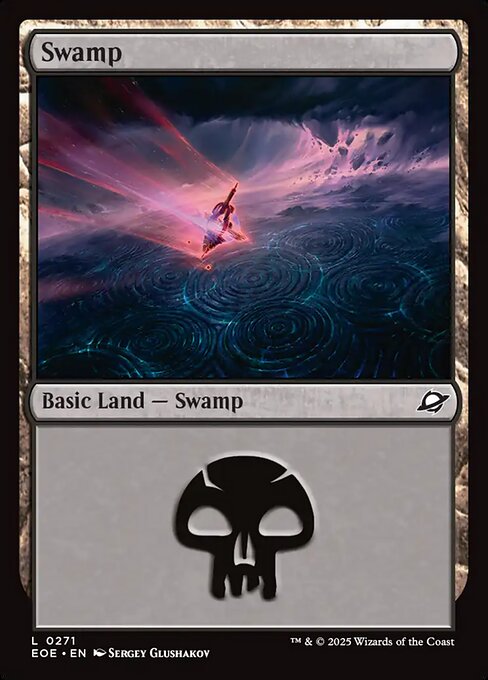
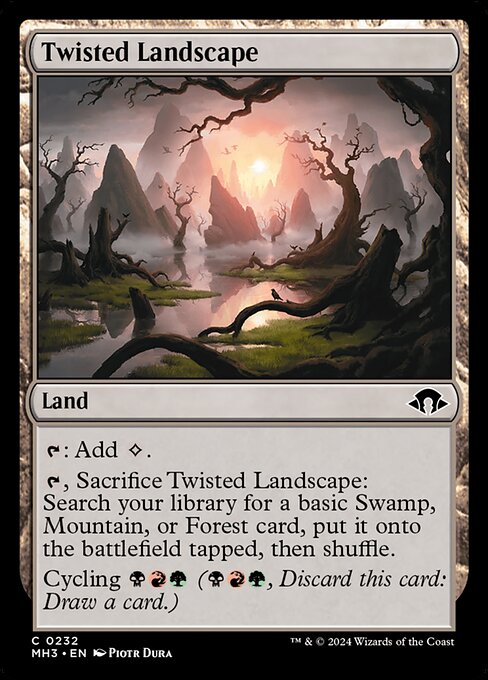
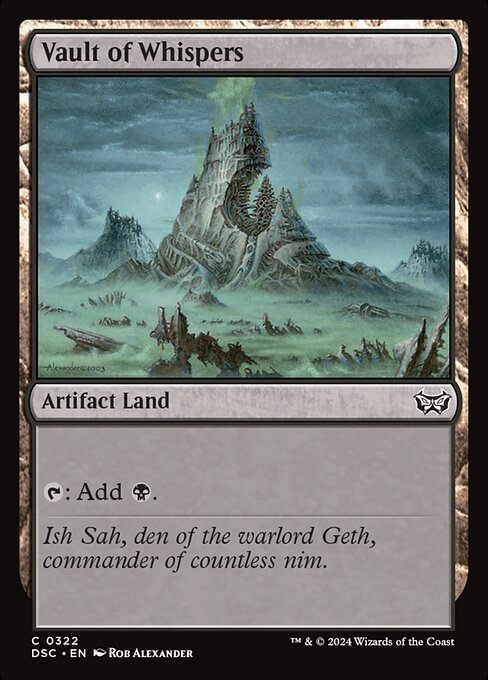
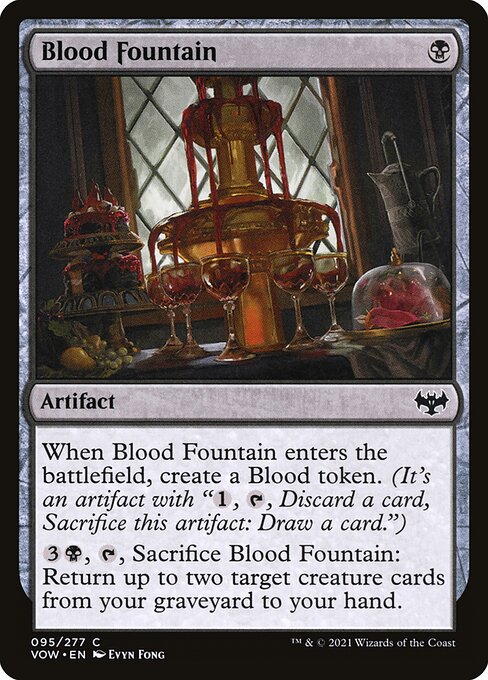
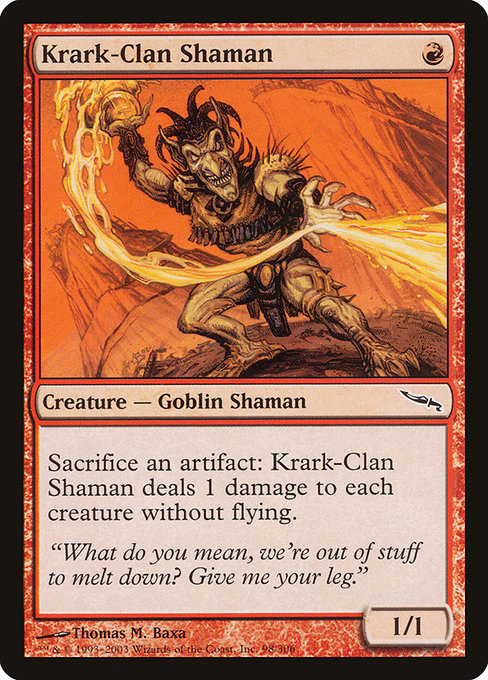
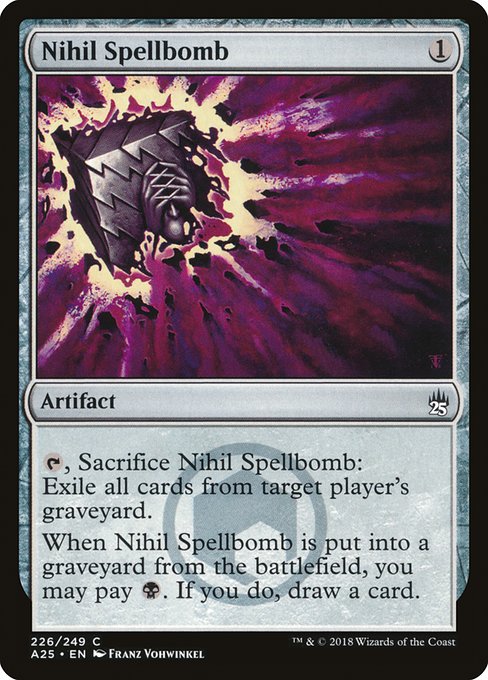
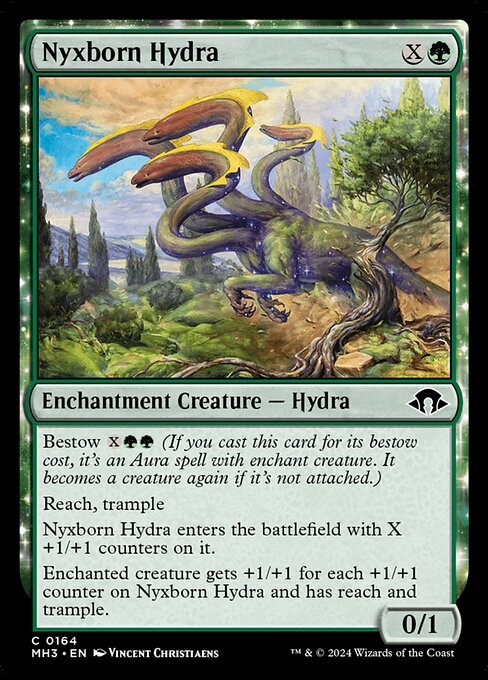
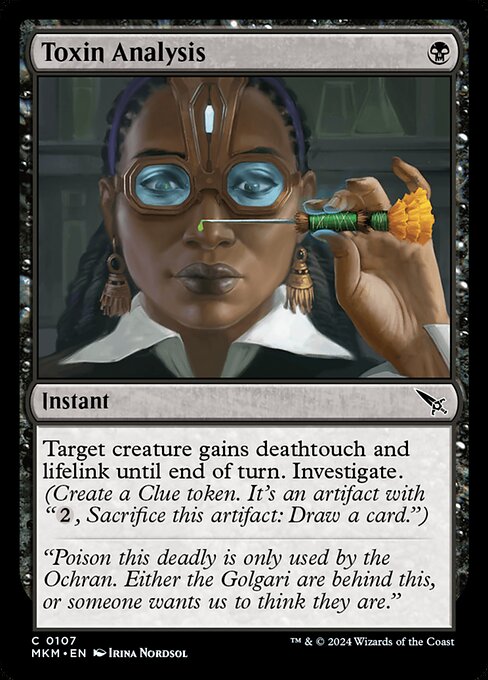
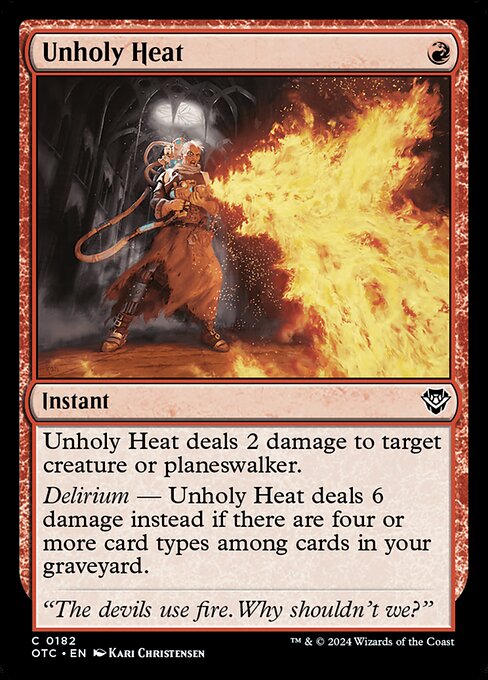
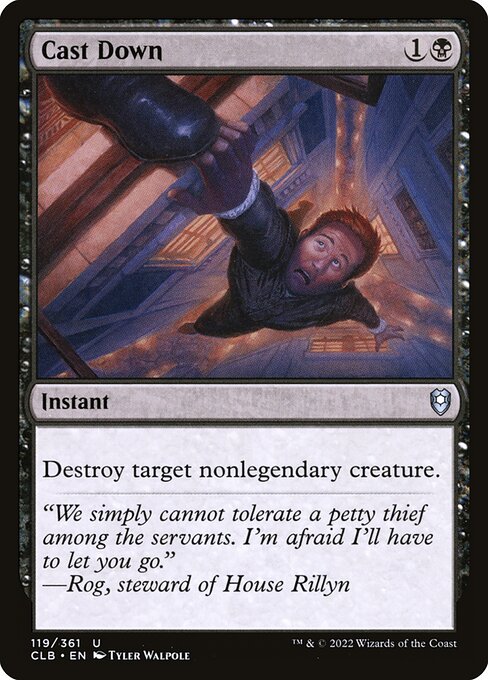
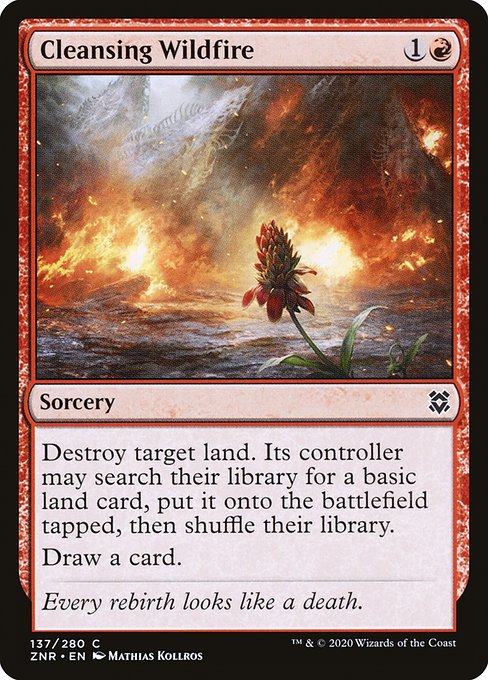
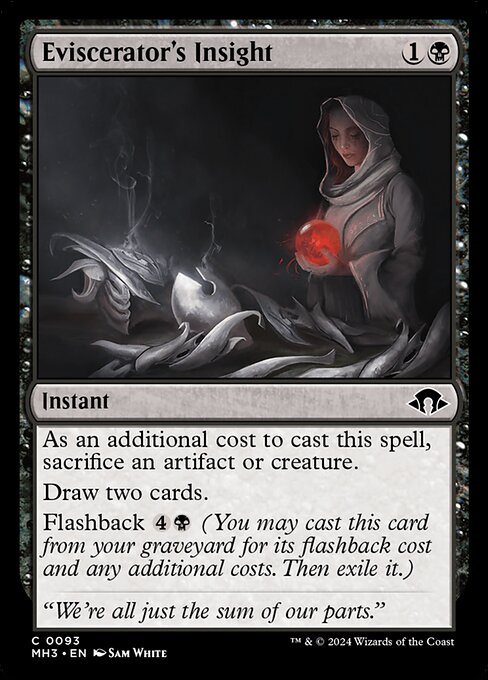
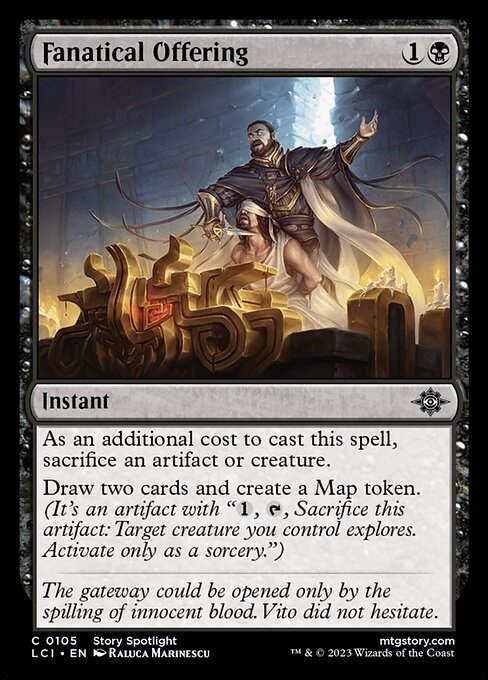
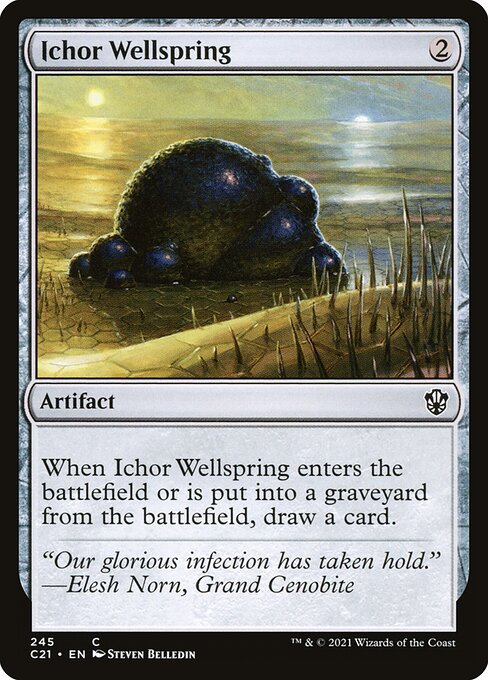
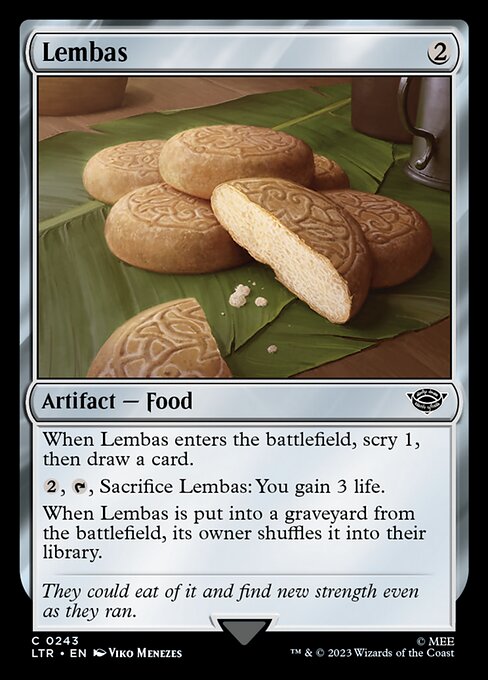
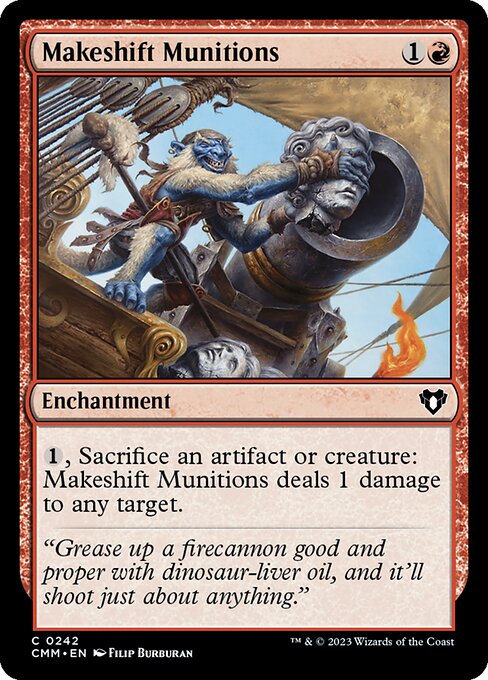
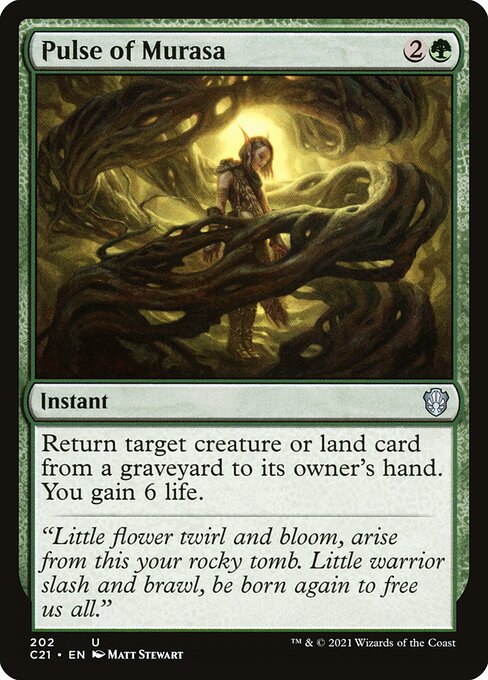
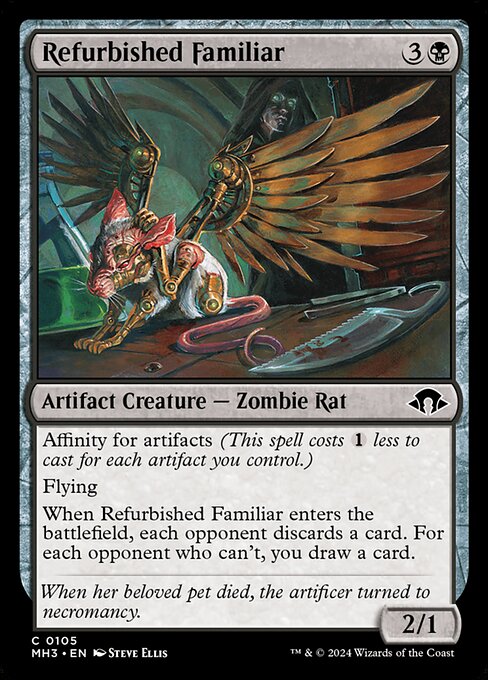
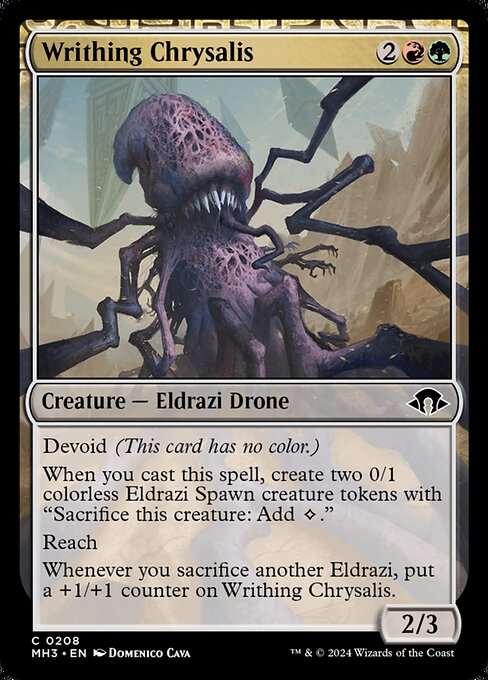
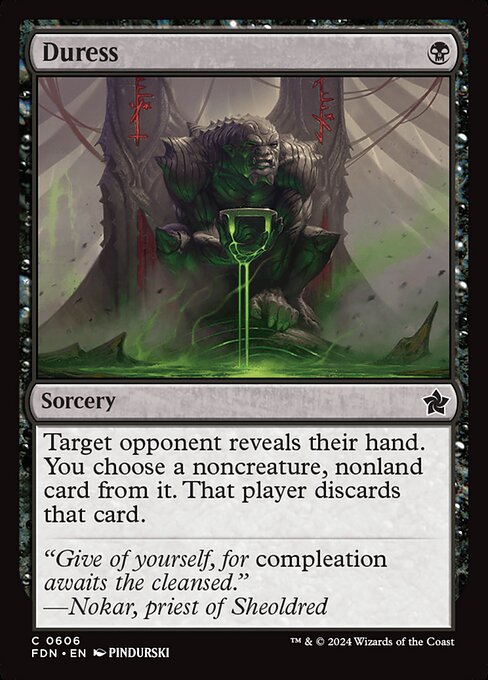

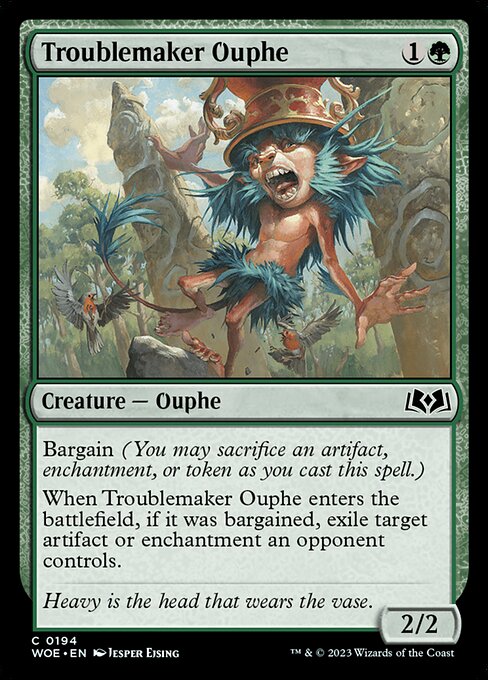
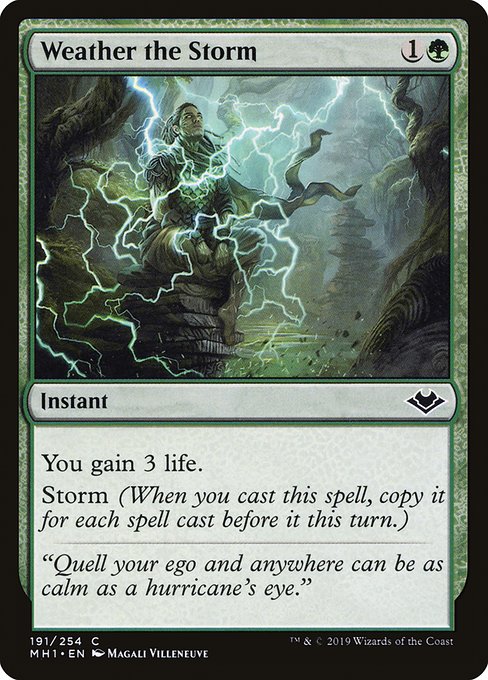
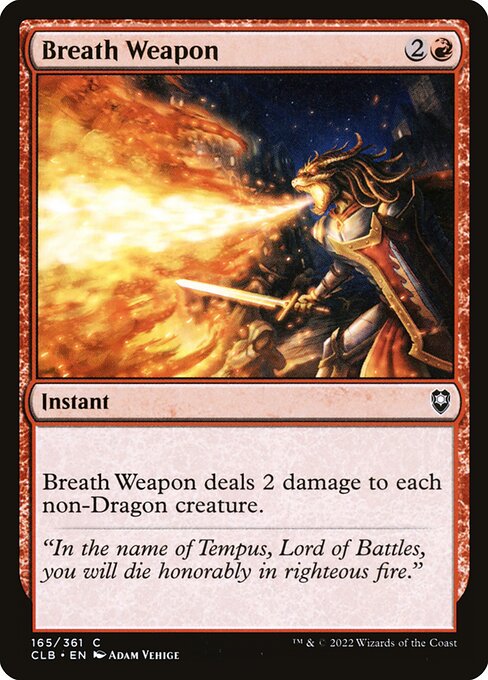
Jund Wildfire was right behind Mono Red in numbers, showing up with 153 pilots. It’s a grindy midrange deck that leans on value, sweepers, and powerful threats, but it only managed a 48.5% win rate. While it may have been the comfort pick for many seasoned players, it struggled to break through the top tables.
Jund is still playable, but these numbers suggest it might need some innovation to keep up.
Caw Gates: The Underdog Champion
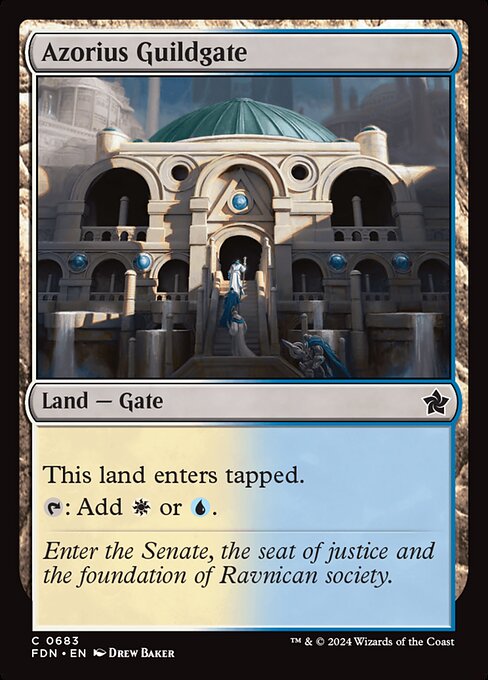
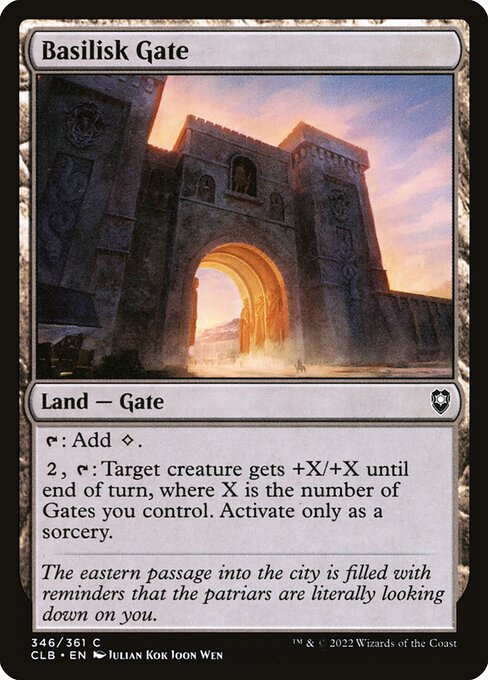
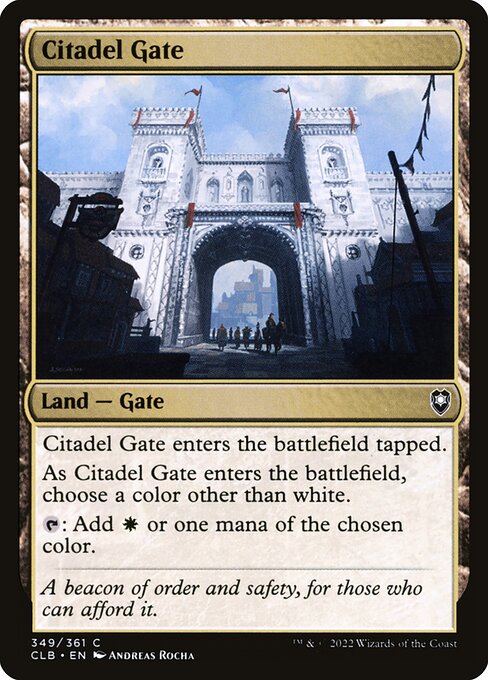
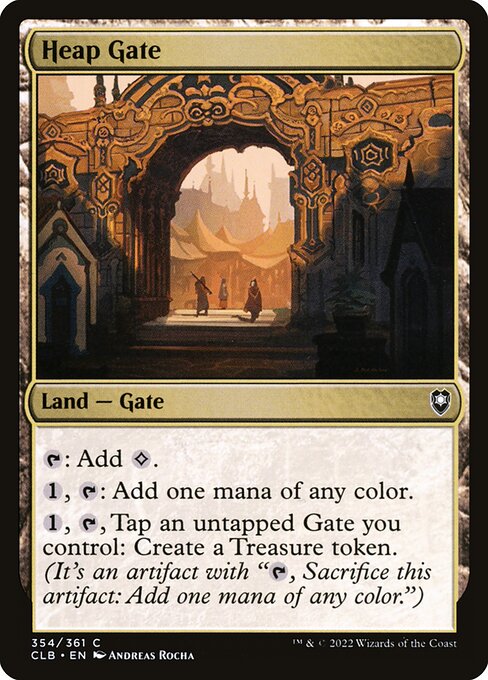

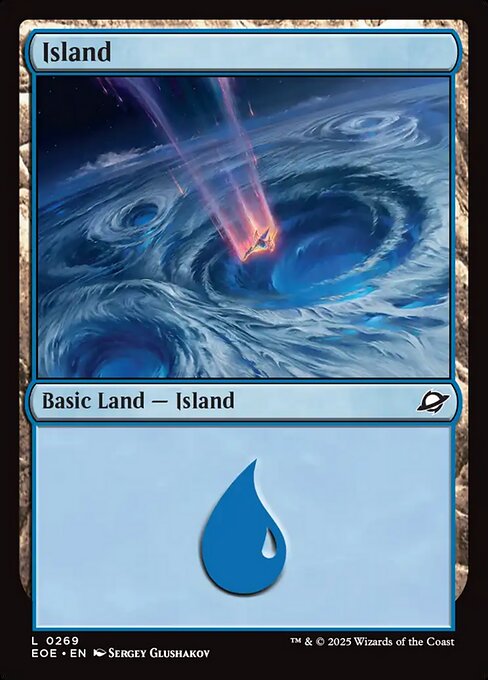
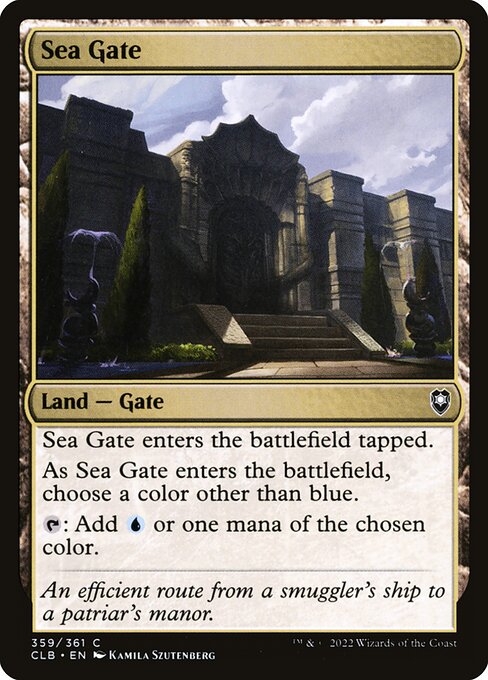
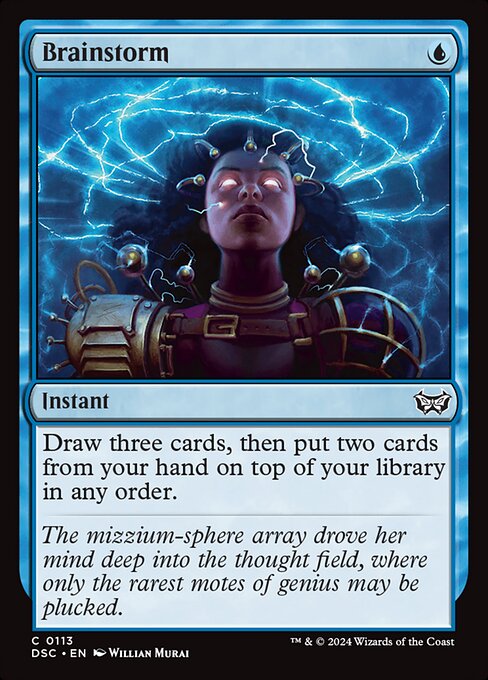
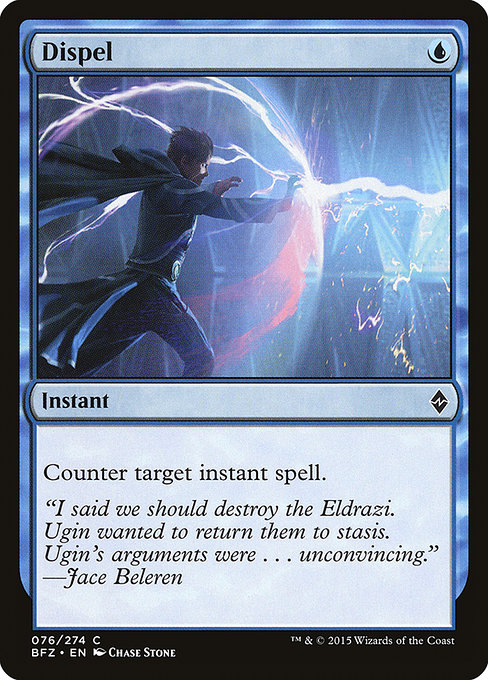
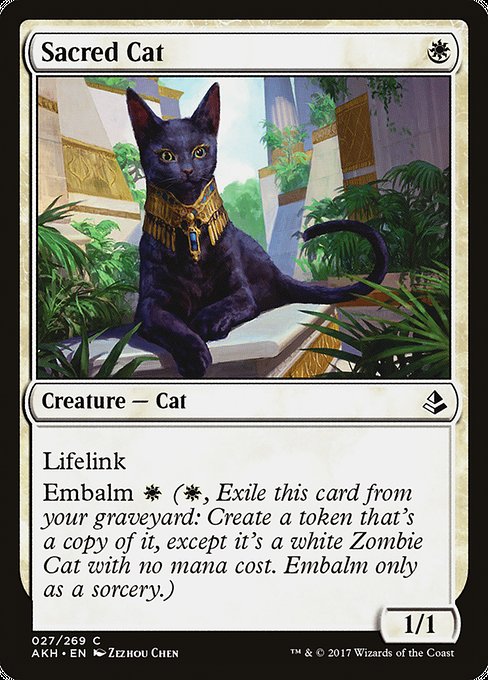
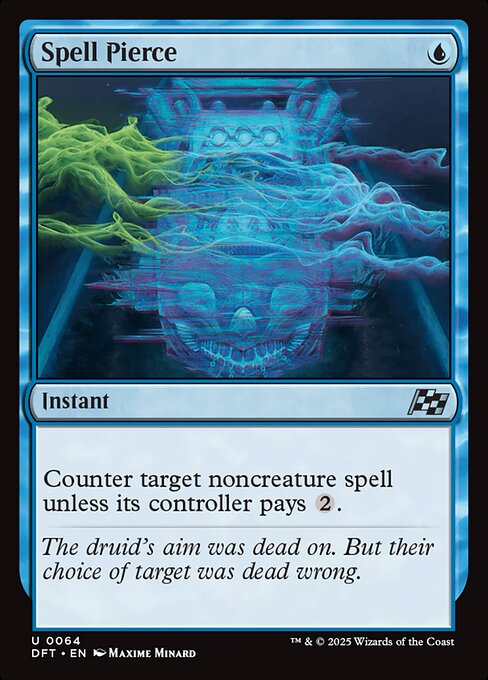

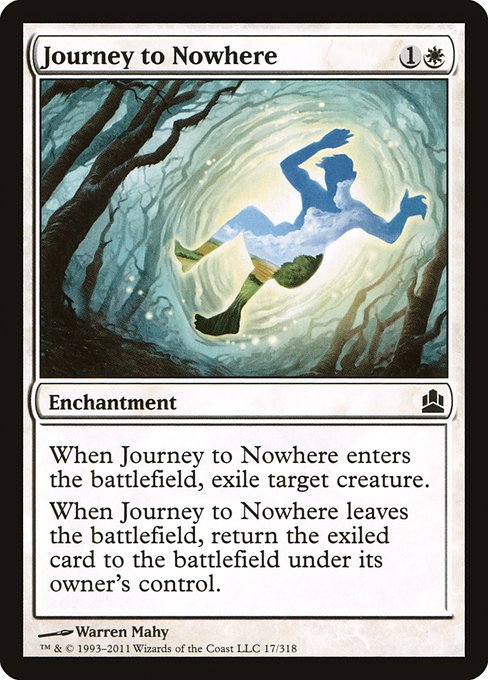
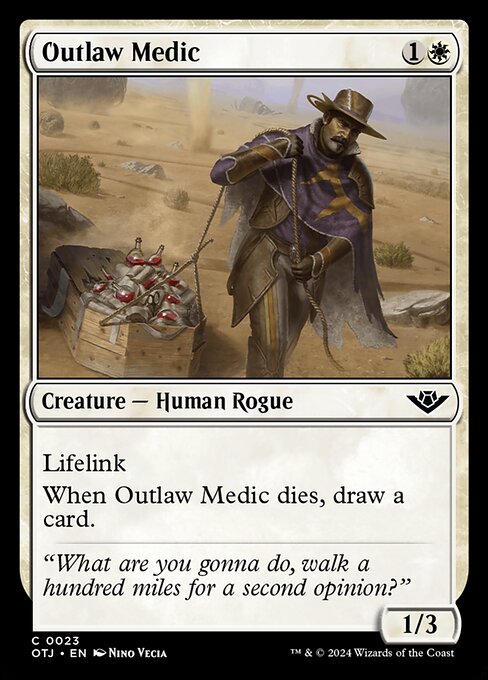
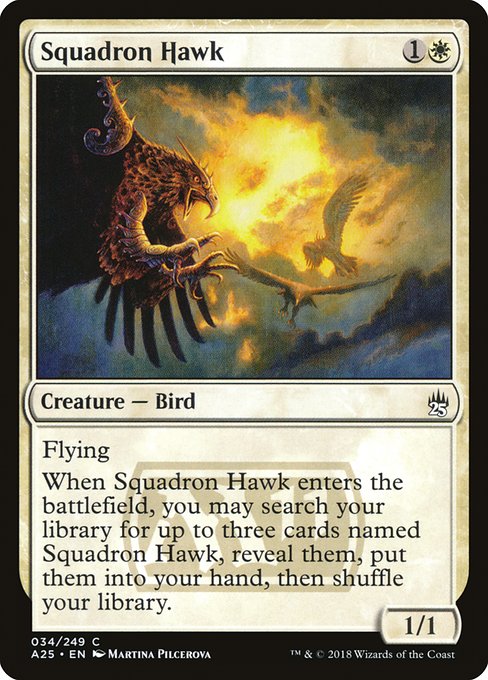
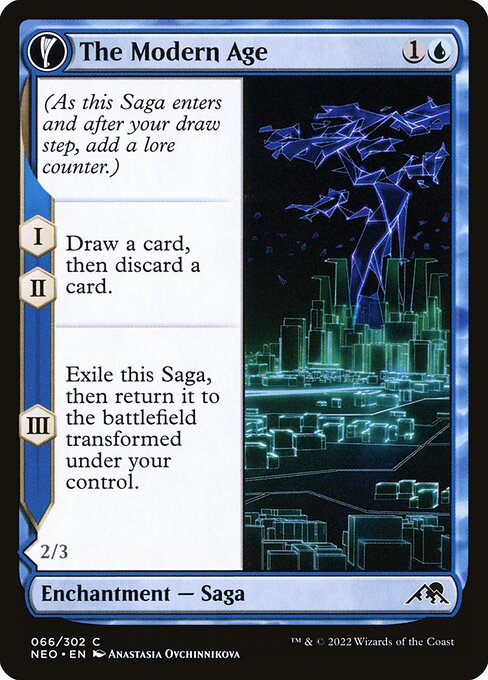
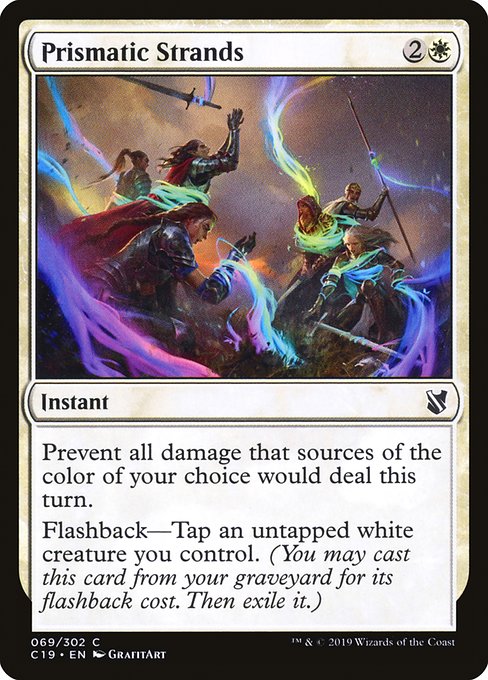
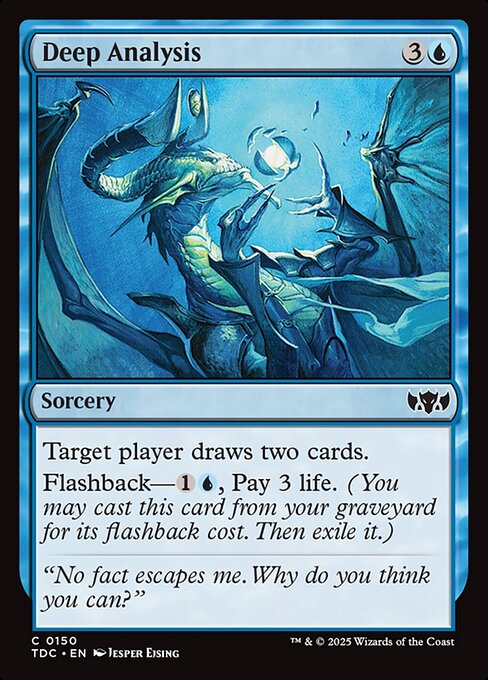
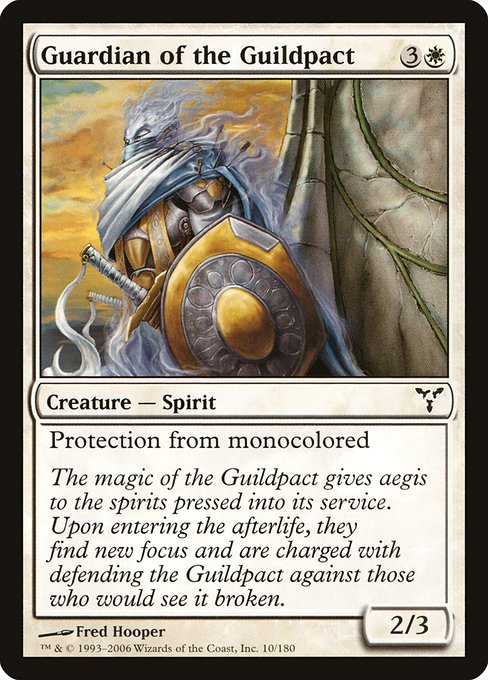
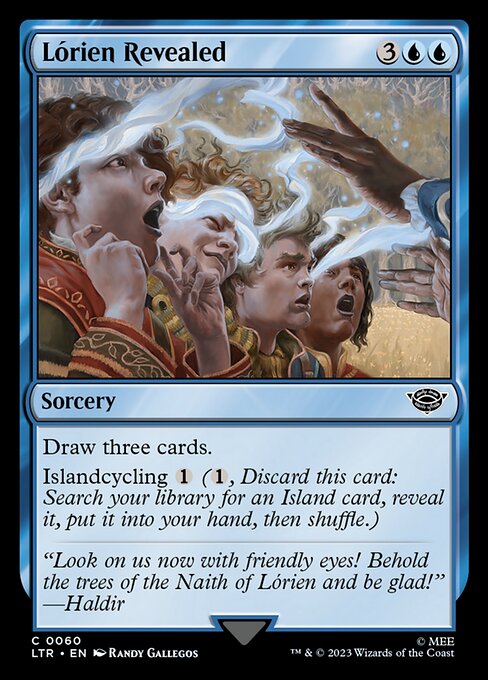
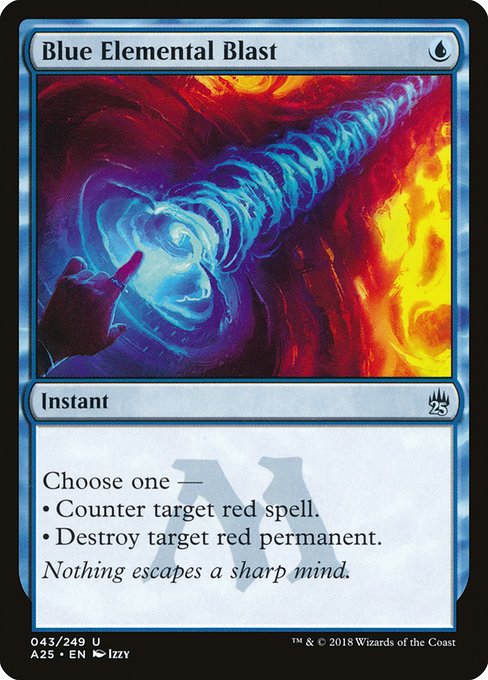
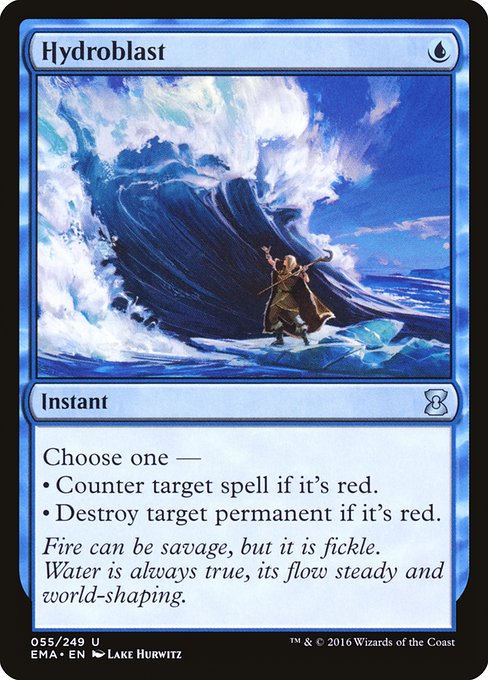


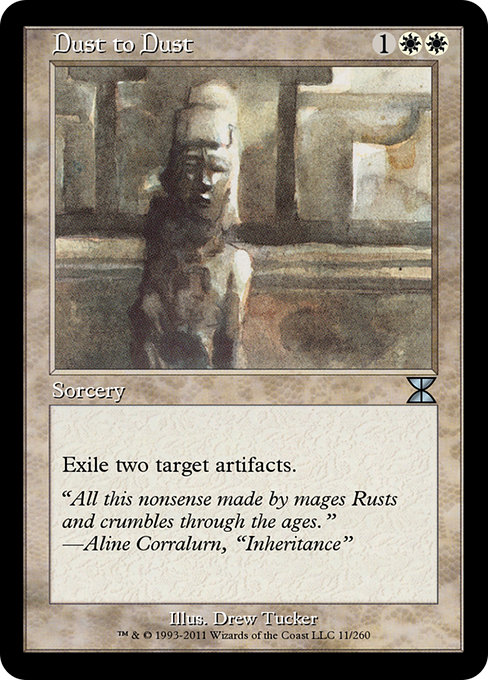
Here’s where things get interesting. Only 5 players brought Caw Gates to Lucca, but one of them went all the way and won the entire tournament. That’s impressive.
Even more impressive? Despite such low representation, the archetype posted a 61% win rate, the highest among all decks. It also had one Top 8 finish, and while the rest of the Caw pilots didn’t finish high, the deck clearly has power, just maybe a higher skill requirement.
This might be Pauper’s equivalent of a “sleeper deck.” If you know how to play it well, you can absolutely take over a tournament.
Mono Blue Faeries and Mono Blue Terror: The Tricksters

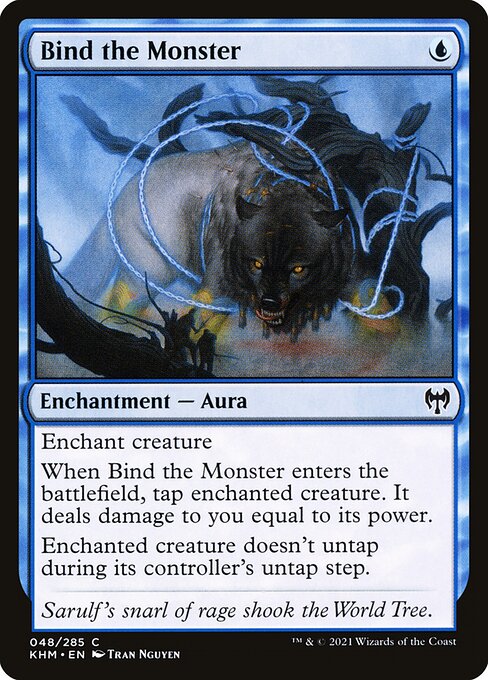
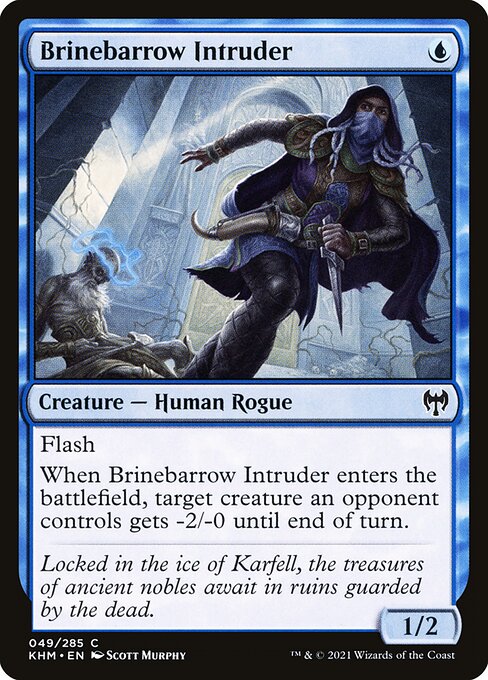
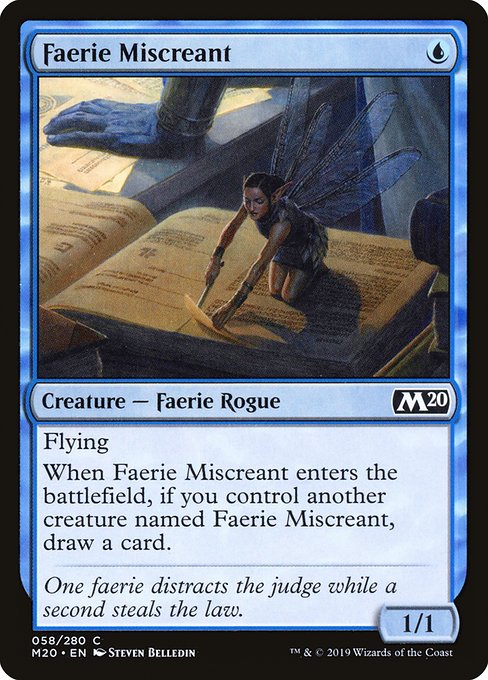
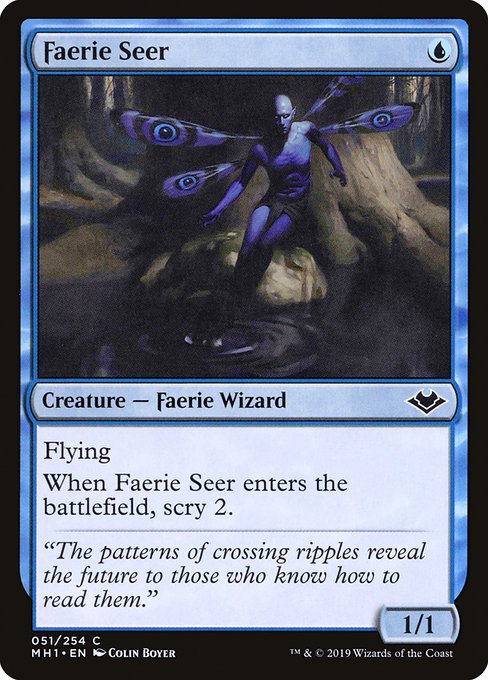
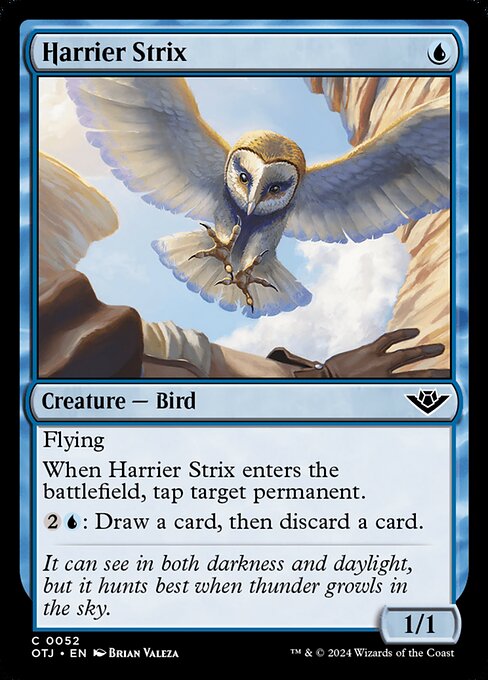


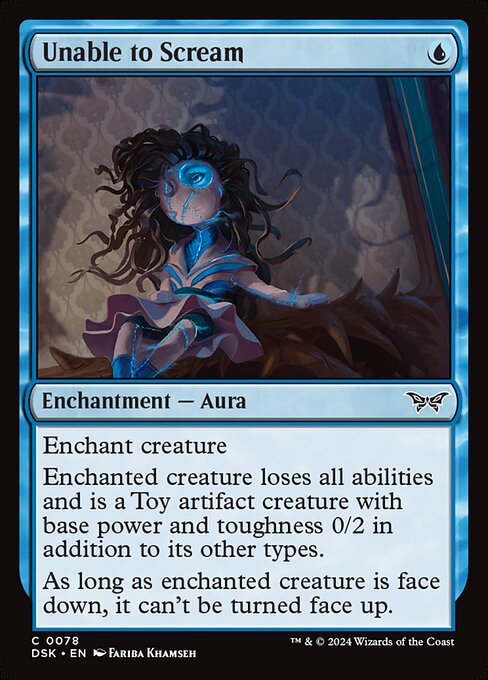

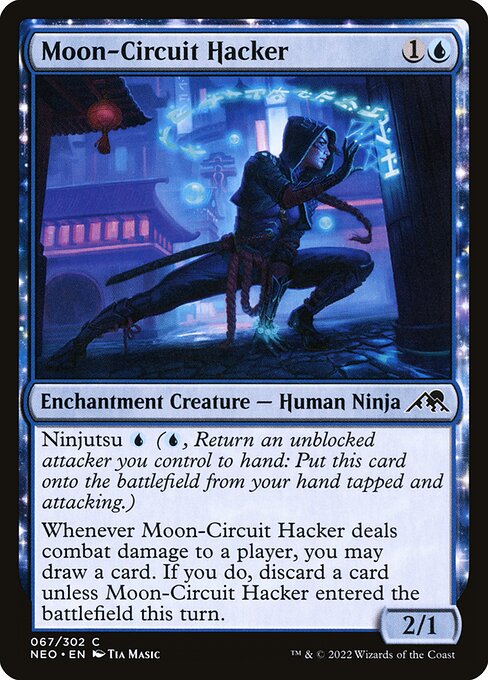
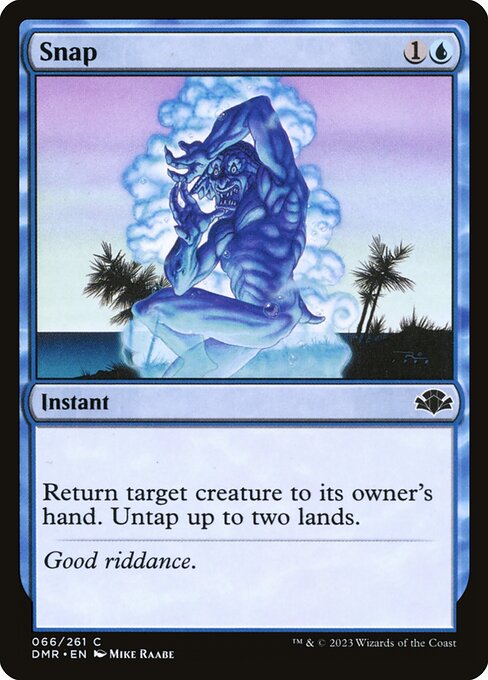
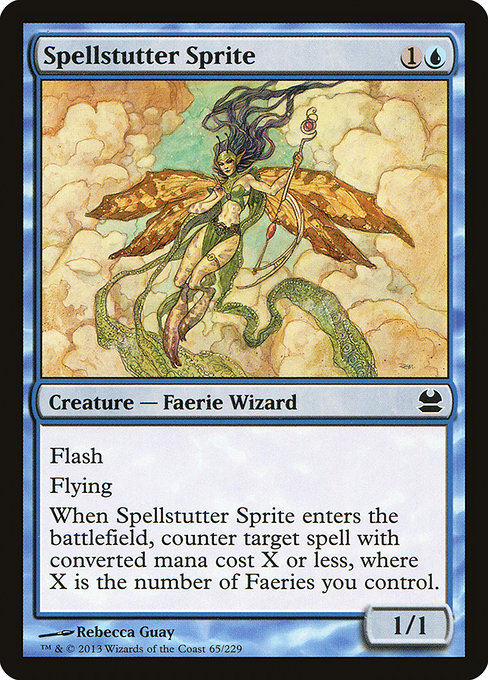
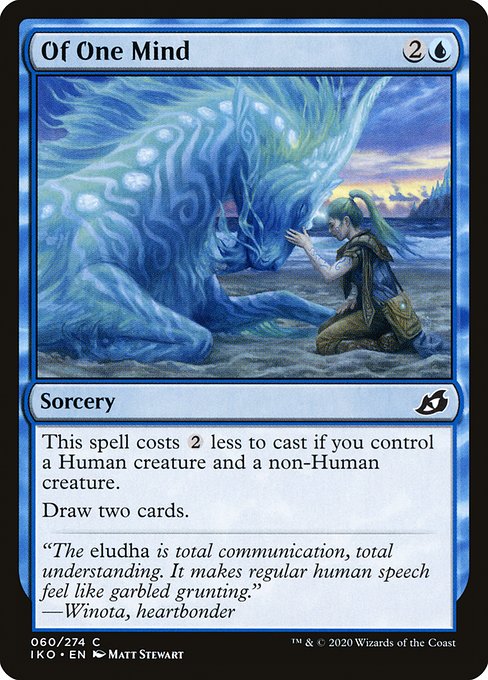
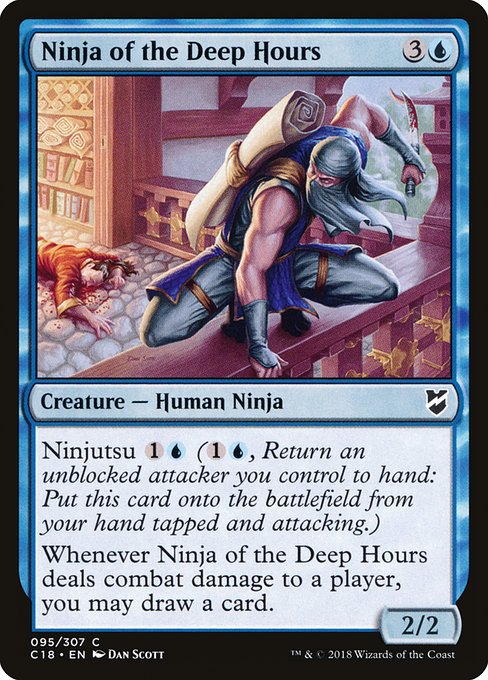




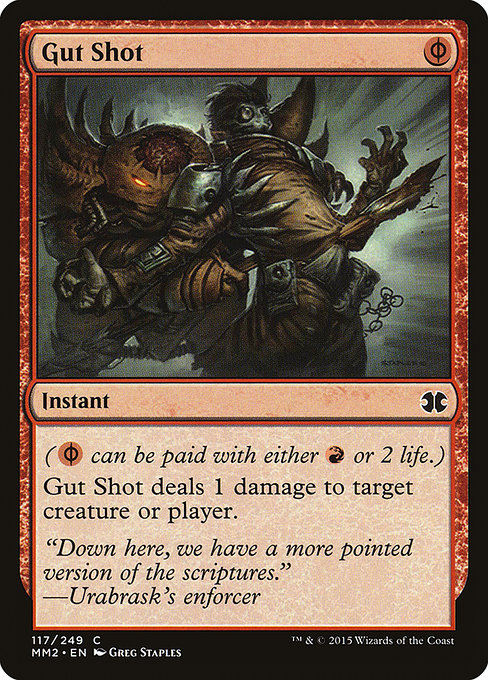

Both Mono Blue Faeries (72 entries) and Mono Blue Terror (59 entries) sat in that middle ground—decent showings and decent win rates, landing at 51.5% and 51.1%, respectively.
These are thinking players ’ decks: they reward patience, strong sequencing, and careful decision-making. While they didn’t dominate the event, they remained consistent, which makes them safe picks in any meta.
The Biggest Disappointment: Rakdos Madness

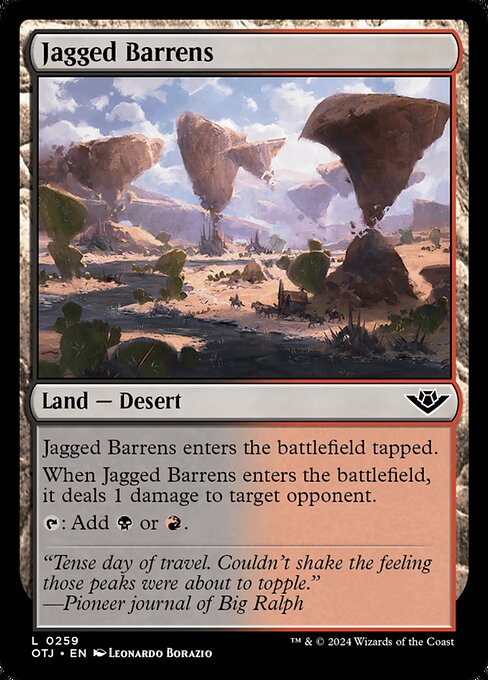

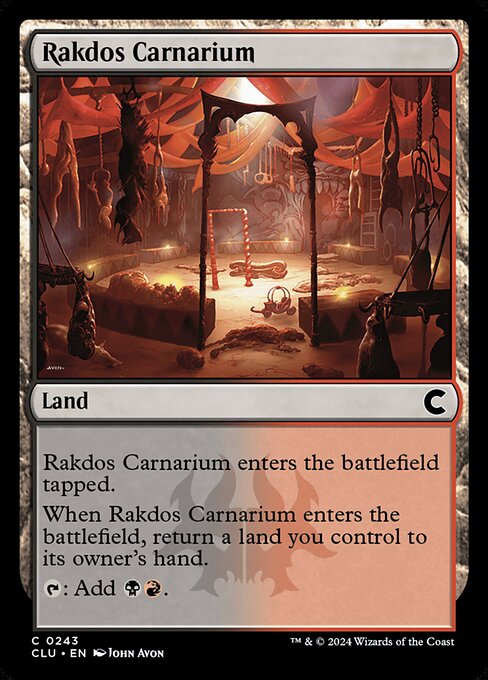



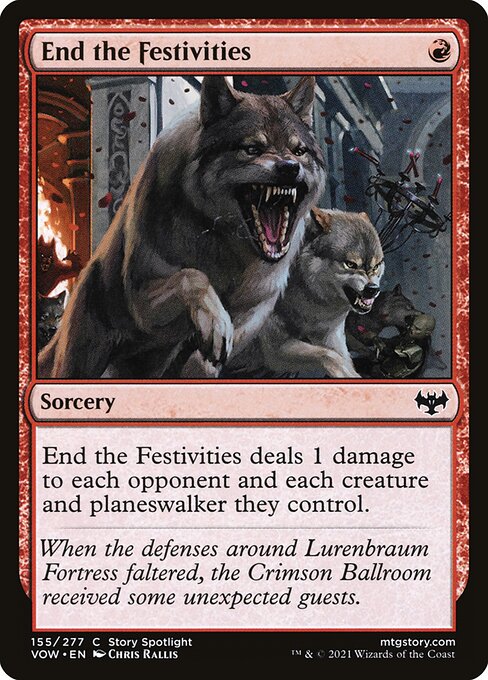



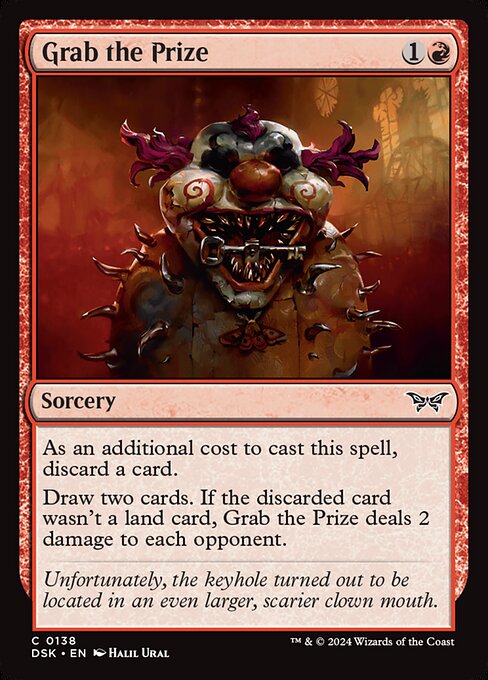
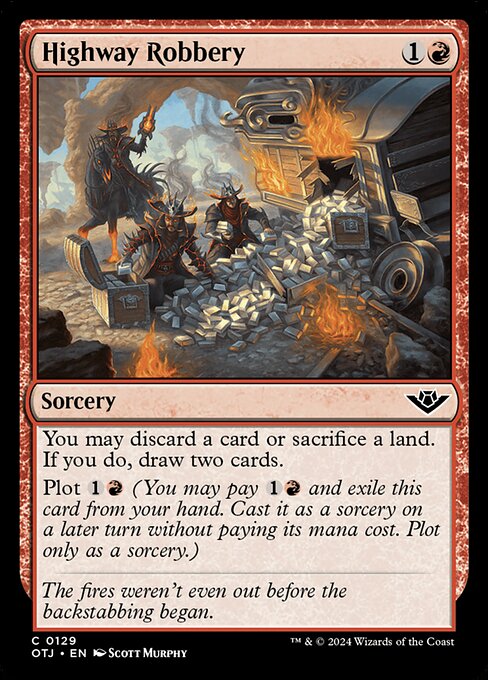
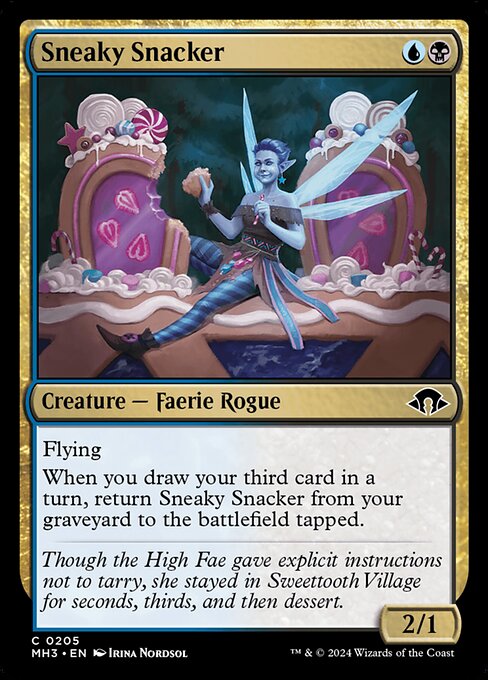
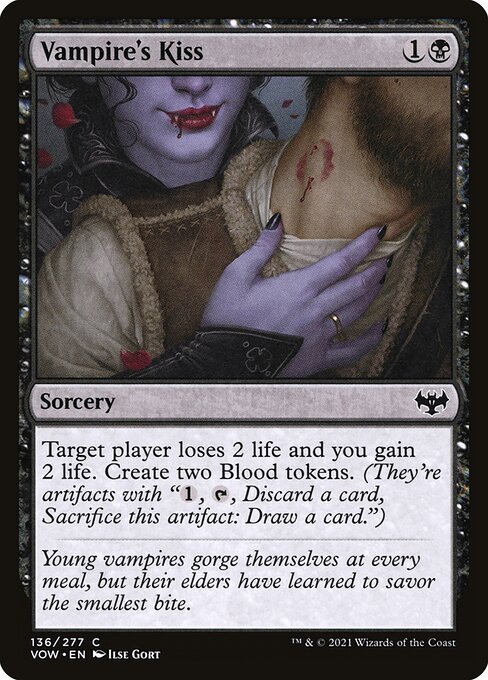
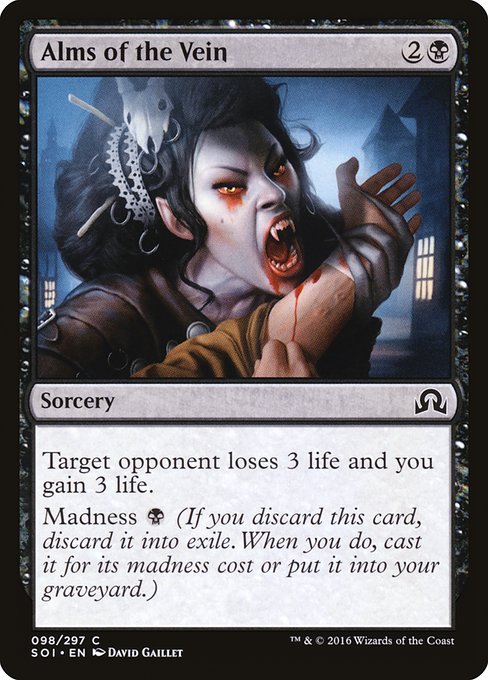
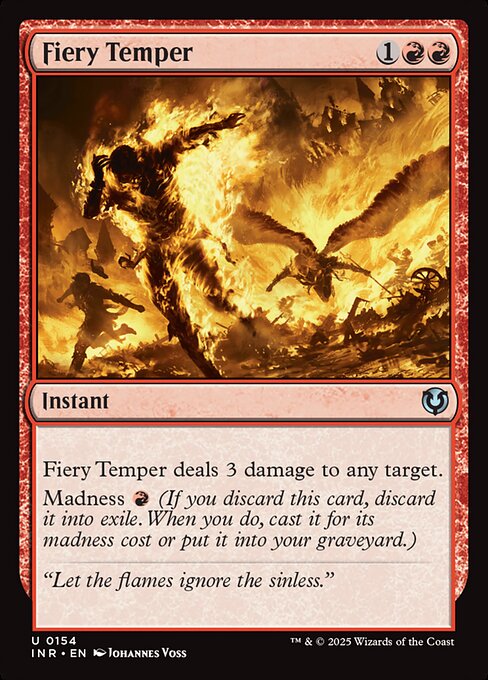
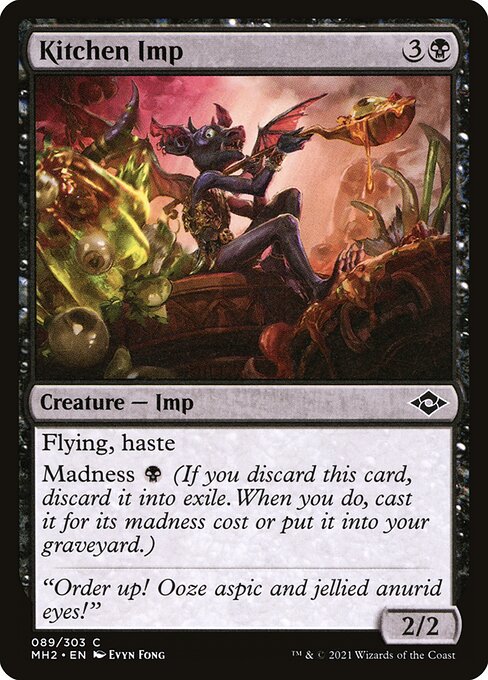
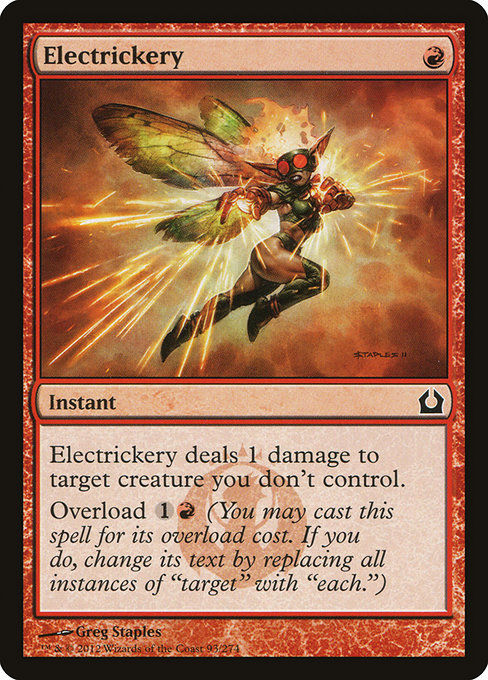



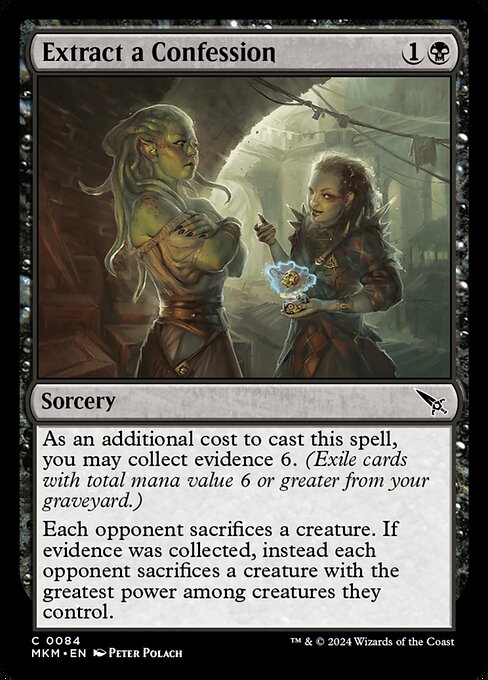
Not every deck performed as expected. Rakdos Madness was the third most popular archetype, with 80 pilots, but it floundered with a 46% win rate.
It’s a flashy, fun archetype, built on discard synergies and aggressive lines. But maybe it’s a bit too inconsistent for a long event like Paupergeddon. With decks like Mono Red Synthesizer offering more raw efficiency, Rakdos Madness may just be falling behind unless it adapts.
The MTGO Pauper Meta After Paupergeddon: What Changed?
After the dust settled from Paupergeddon Lucca 2025, the Pauper community turned to Magic Online to see how the meta would evolve. With plenty of Leagues and a couple Challenges held since July 6th, we now have enough data to draw early conclusions about what decks are rising, which are holding steady, and which are slipping.
Let’s break it down by performance in Pauper Leagues (for popularity) and Challenges (for competitiveness).
Burn: Still the Most Popular Choice
Burn remains a go-to for players in MTGO Leagues, with 19 League appearances and another 11 in Challenges, putting it at the top of the charts with 30 total entries. While its average Challenge placement was 17.6, it’s clear that Burn still dominates early rounds and is the deck of choice for grinding fast matches.
Its combination of reach and speed keeps it relevant—even if it doesn’t always go the distance in longer events.
Mono-Blue Terror: Steady and Familiar
Mono-Blue Terror also saw a lot of play, with 18 League and 10 Challenge entries. With an average placement of 19th in Challenges, it’s still hovering in the “solid but not top tier” space. That said, it’s consistent, disruptive, and has a high skill ceiling, which means skilled pilots can absolutely spike a Challenge.
This deck didn’t change much post-Paupergeddon, and that’s likely a good thing.
Spy Combo: The Unexpected Climber


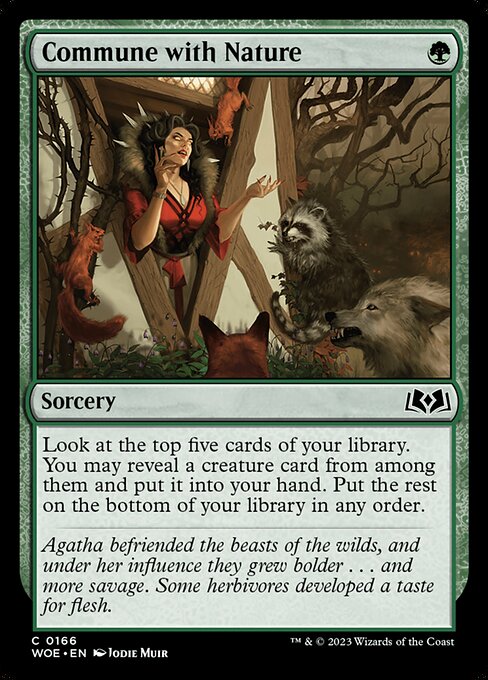
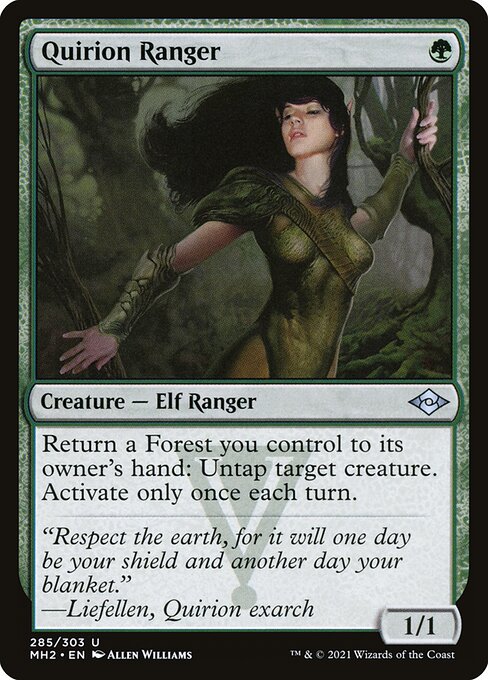
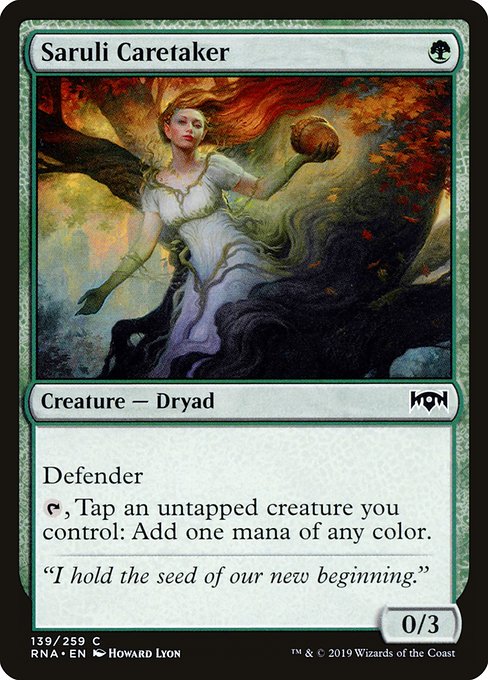
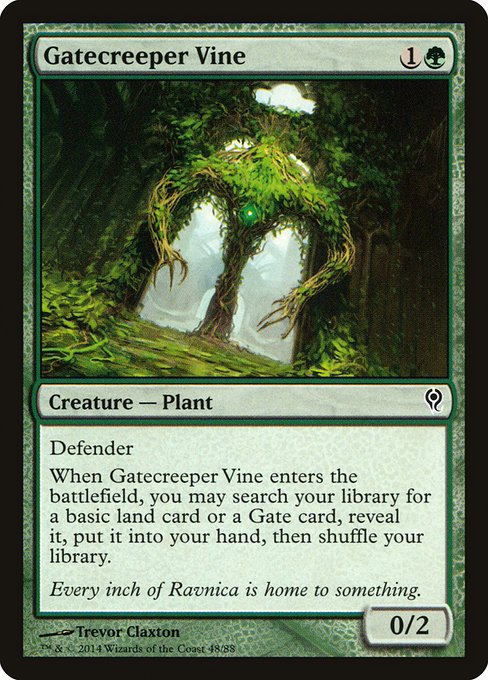
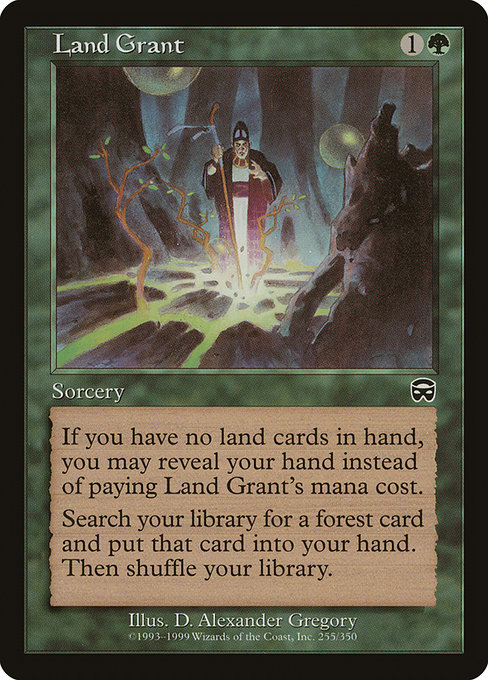
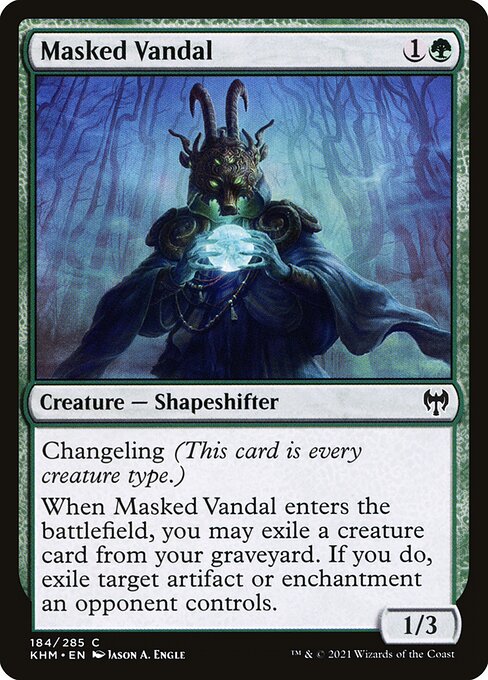


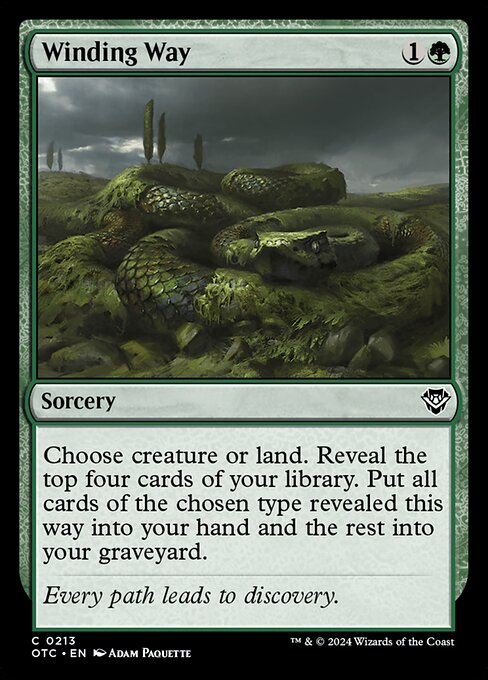
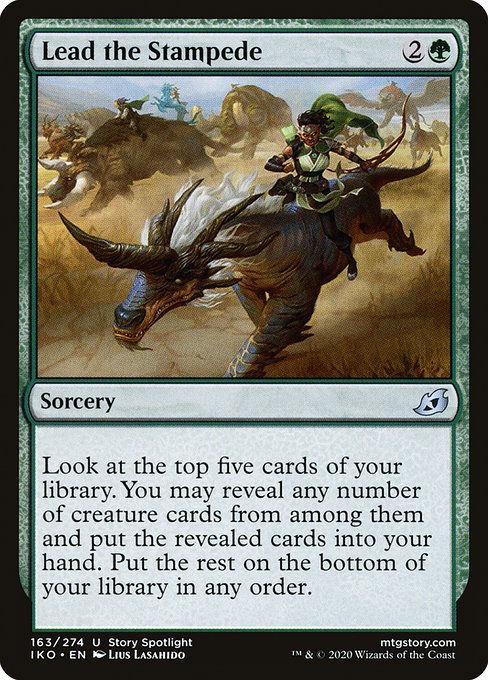
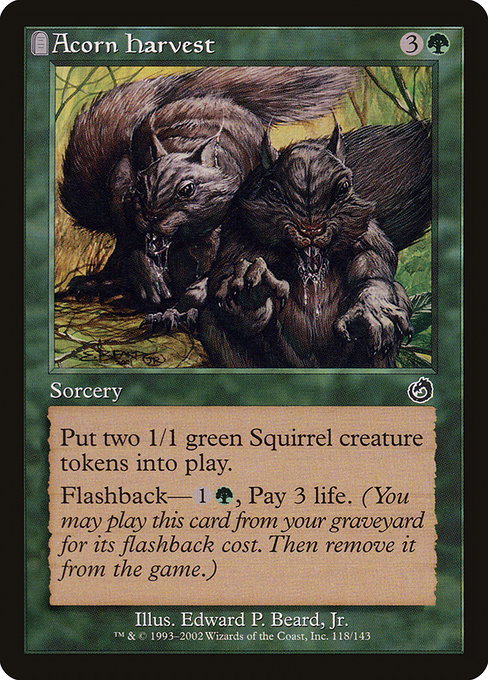
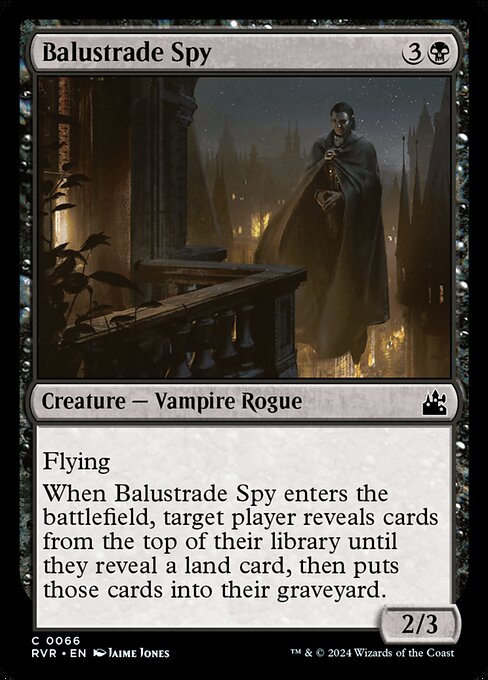
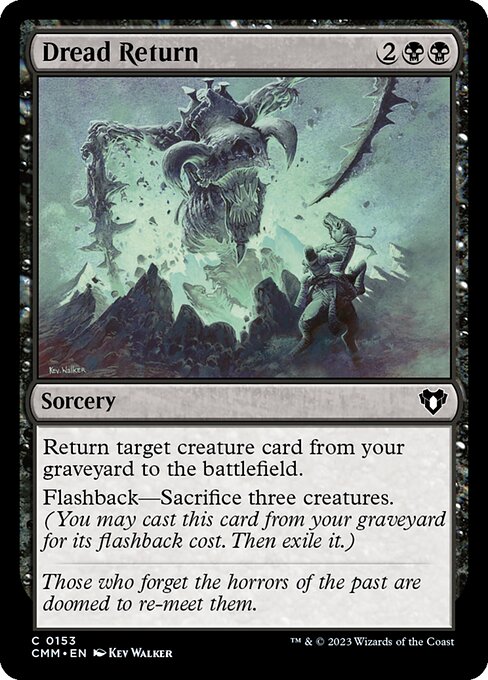

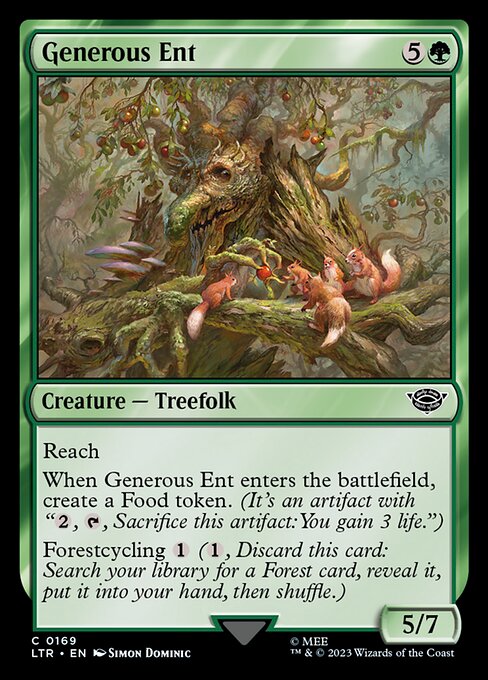

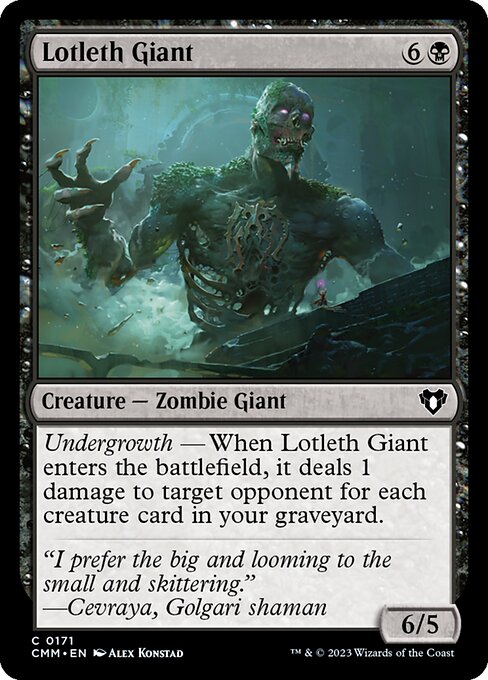
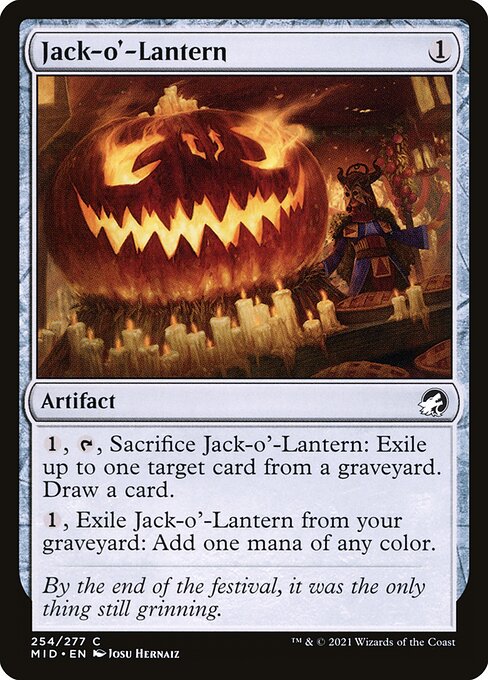
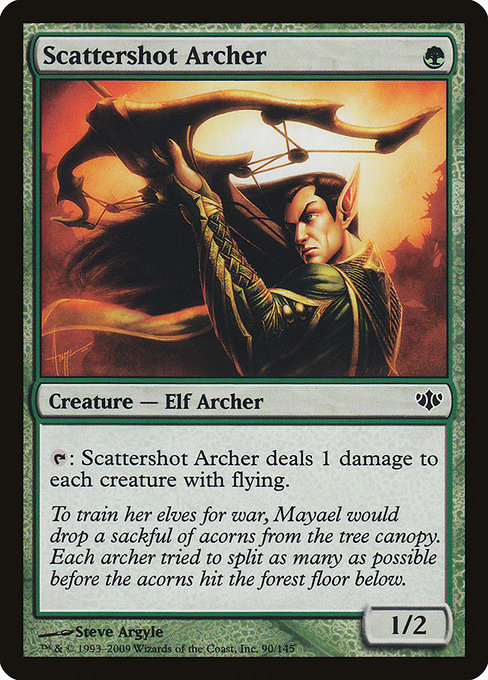
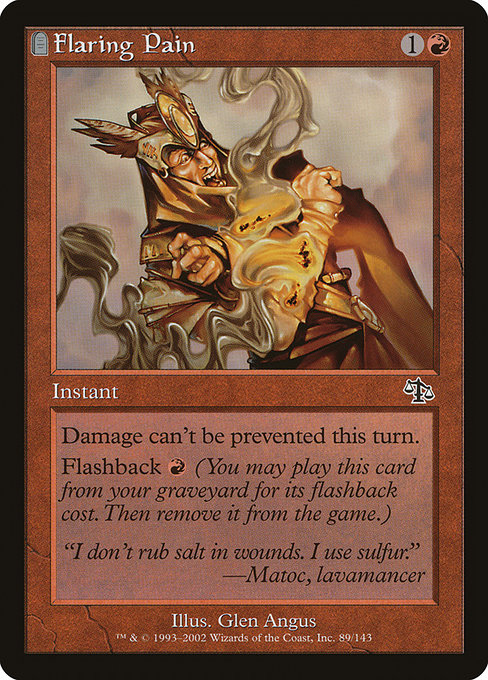
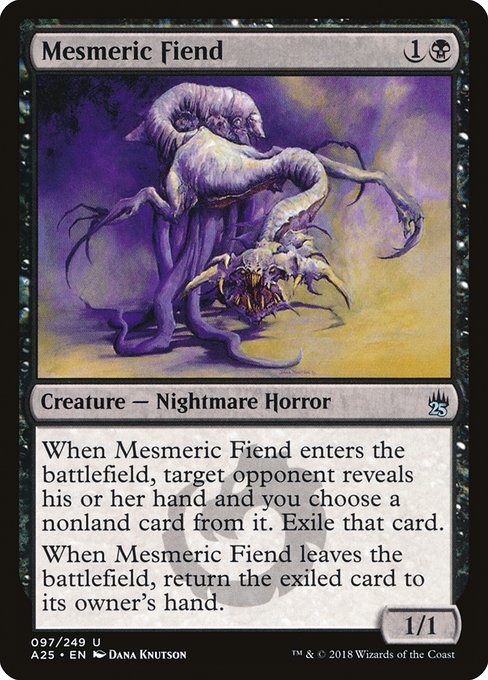

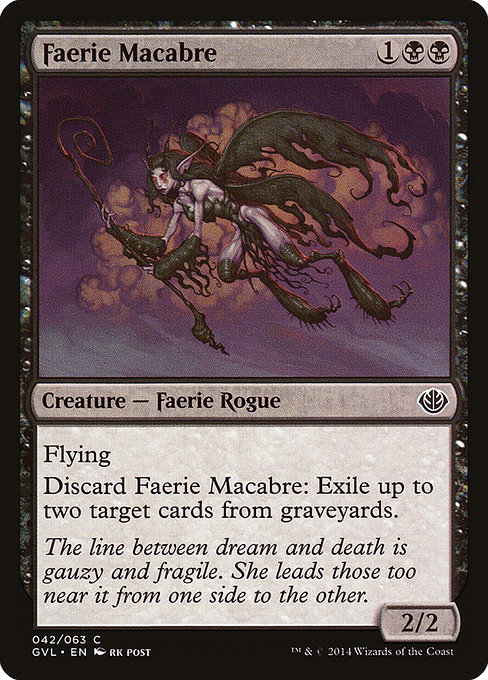
With 21 League entries and 6 Challenge appearances, Spy Combo is starting to show up more often—and it’s actually overperforming. Its average Challenge finish was 14.3, better than both Burn and Terror.
That’s noteworthy. It might not be the most popular deck yet, but its performance in competitive events is worth watching. This could be an early sign of the meta adapting to slower, less interactive decks.
Final Thoughts
MTGO results post-Paupergeddon show a meta still stabilizing—but with some clear trends:
- Burn and Mono-Blue Terror continue to be the most played decks.
- Madness Burn and Spy Combo are quietly climbing in performance and may be meta movers soon.
- Caw Gates, despite winning the big paper event, hasn’t shown up meaningfully online yet. That could change fast if players adapt it to MTGO queues.
As always, the best deck for you is the one you know inside and out, and if you are looking to start with any, we got a plenty of useful deck tech guides you can use!
Stay tuned, and as always—happy brewing!
My Favorite Pauper Setup
Here are some of my favorite MTG products for Pauper—stuff I’ve tried, loved, and think you'll find super useful too.
The Amazon links use affiliate codes that help support future content if you grab something.


.jpg)

.jpg)
.png)
.webp)


.webp)
.jpg)
Comments
Post a Comment